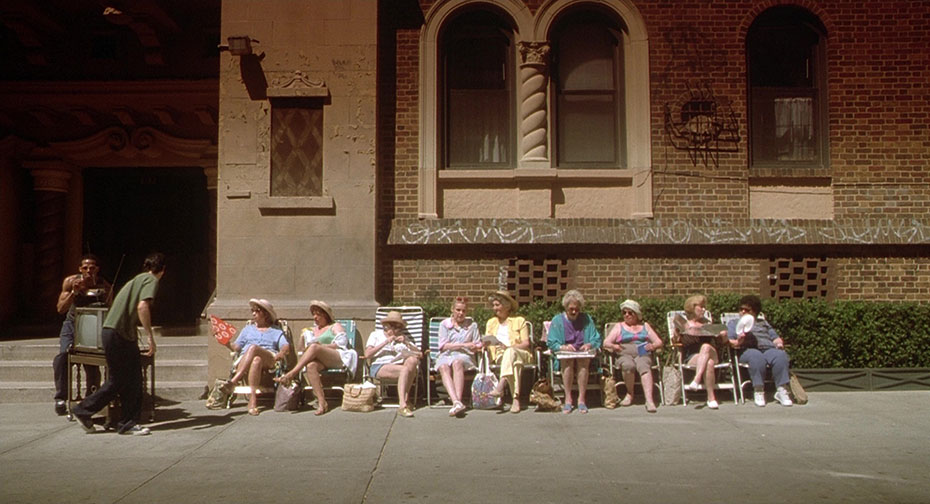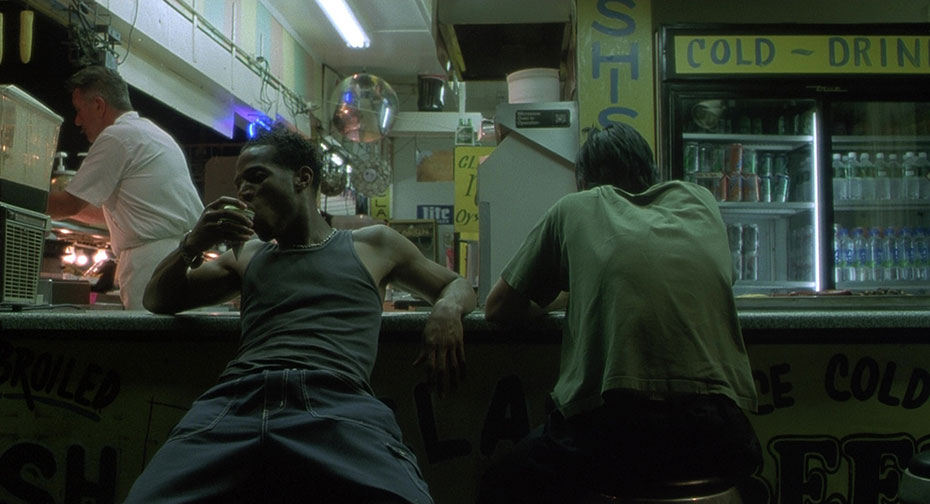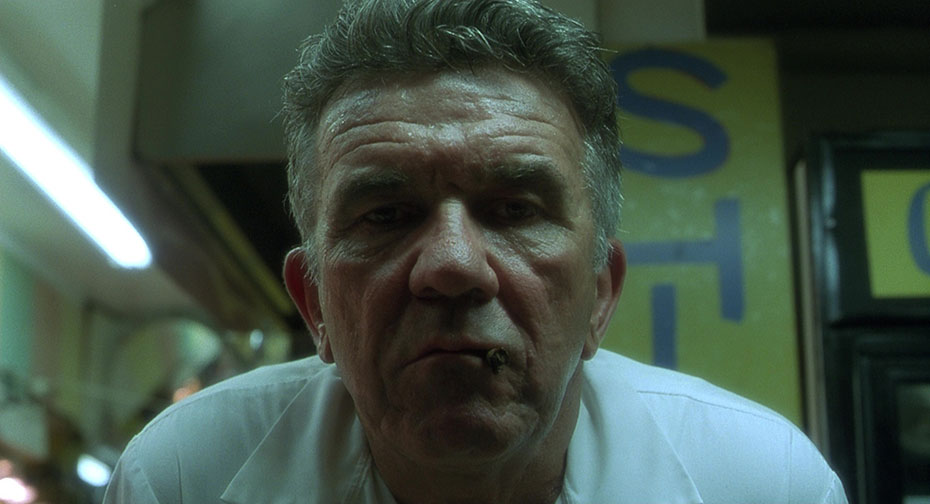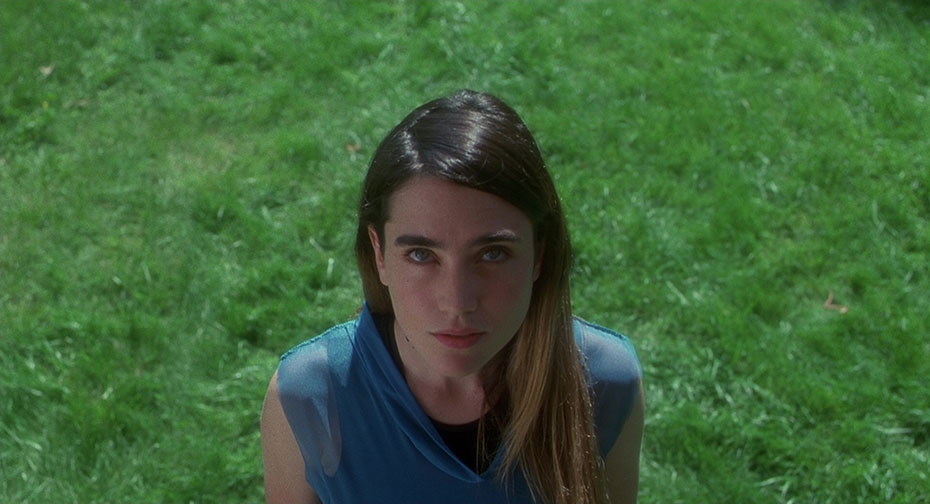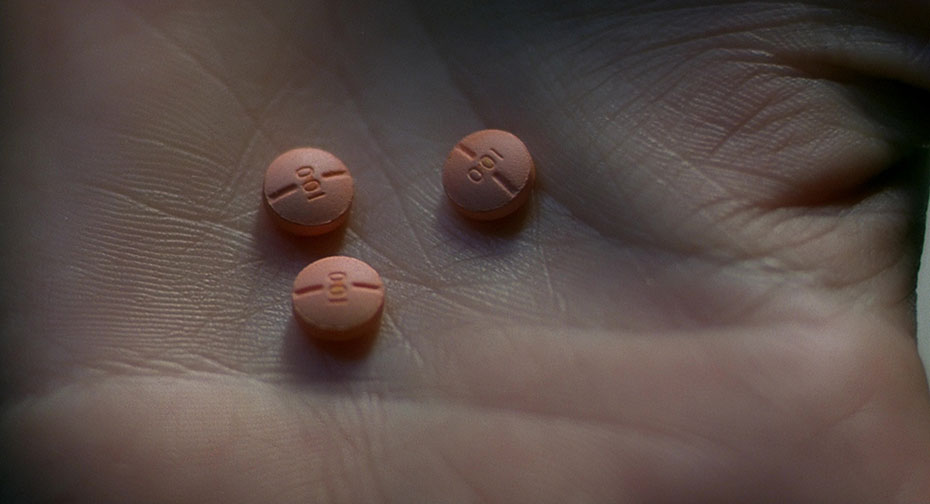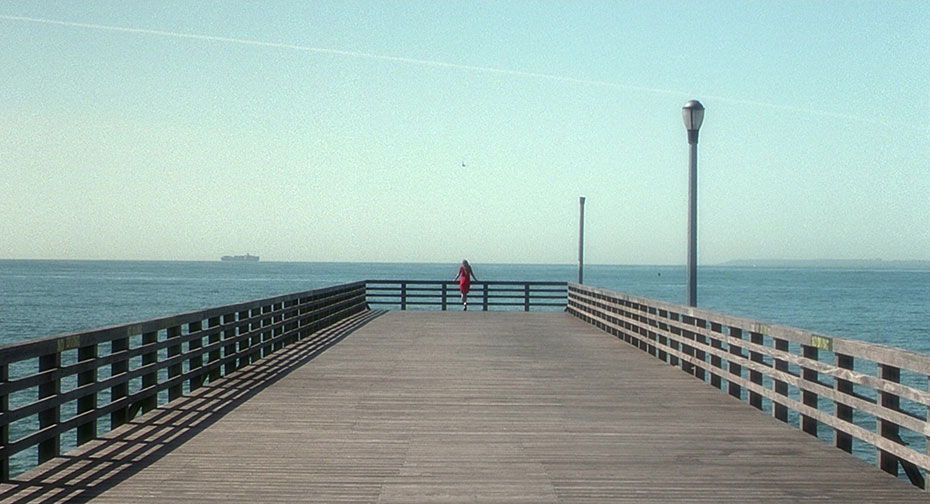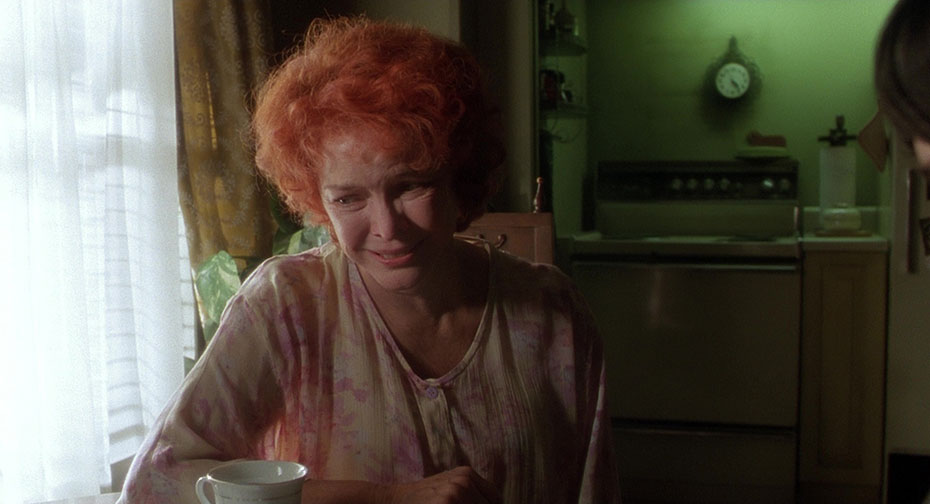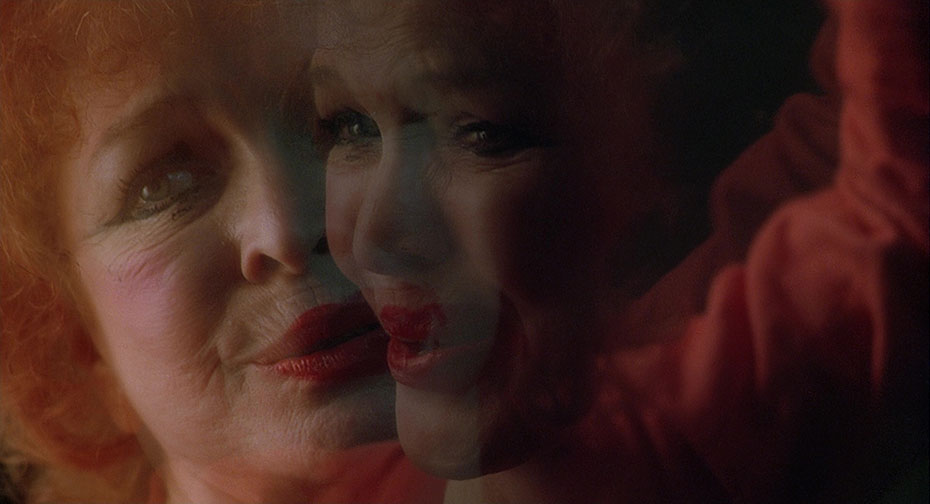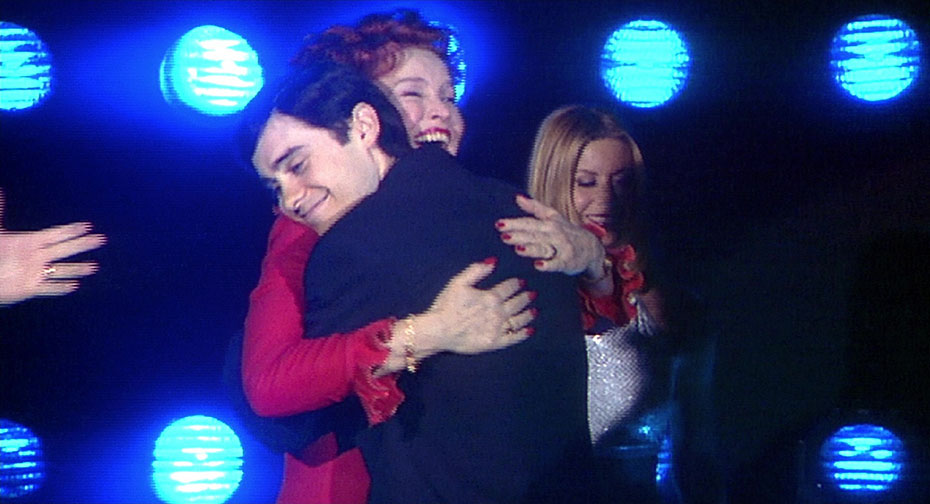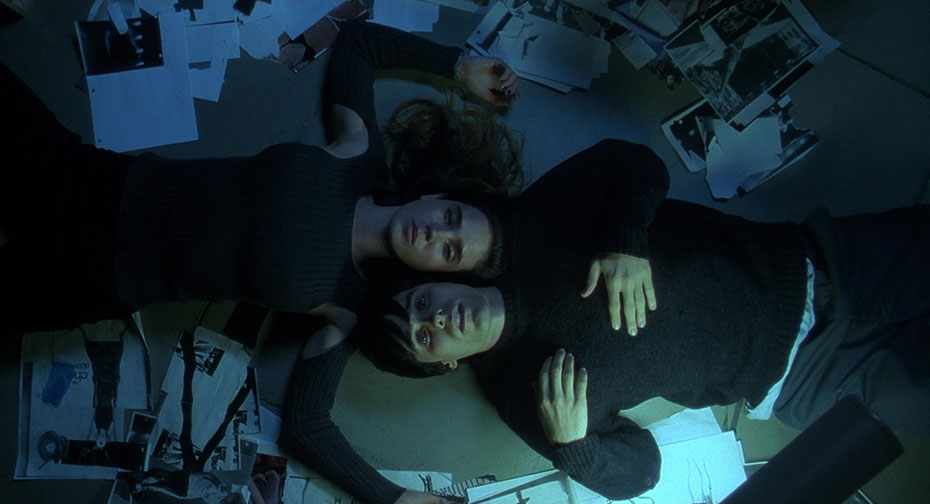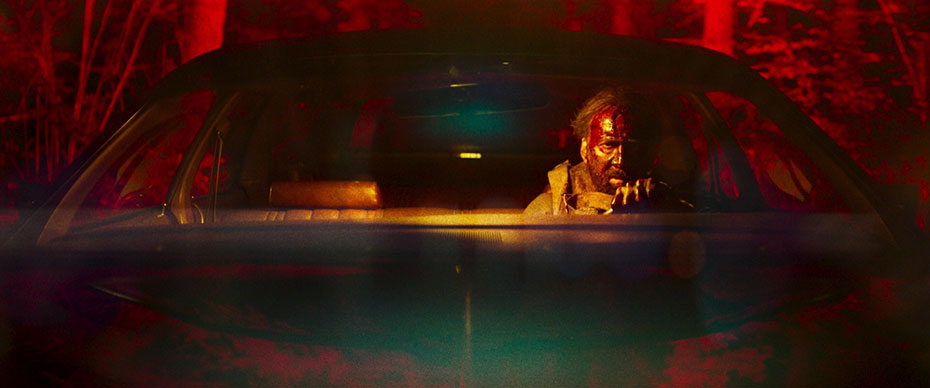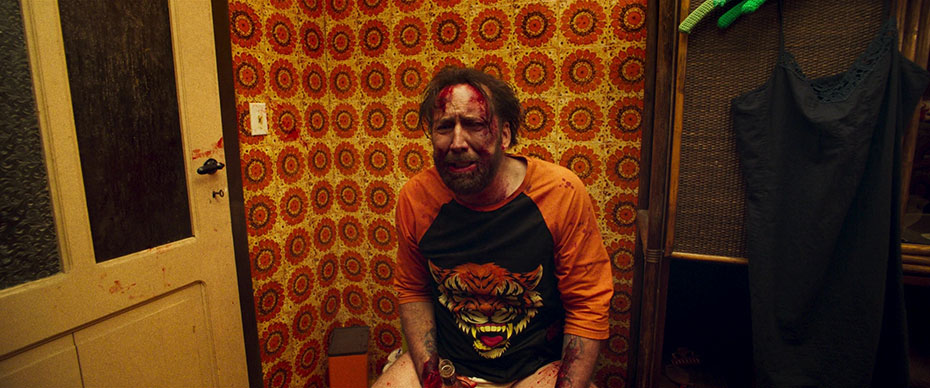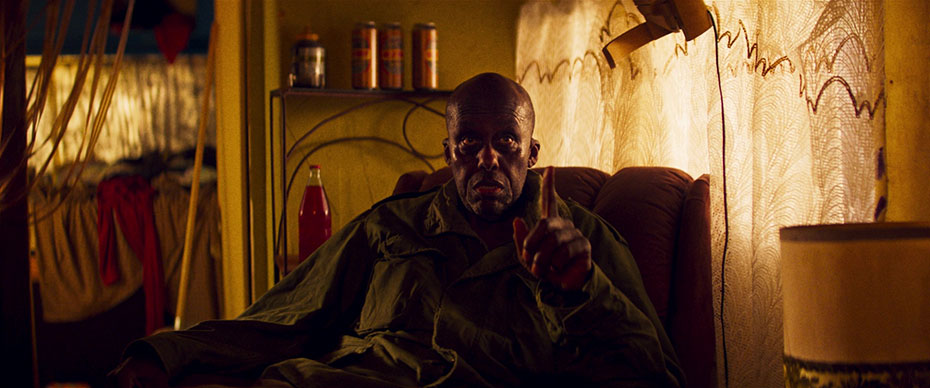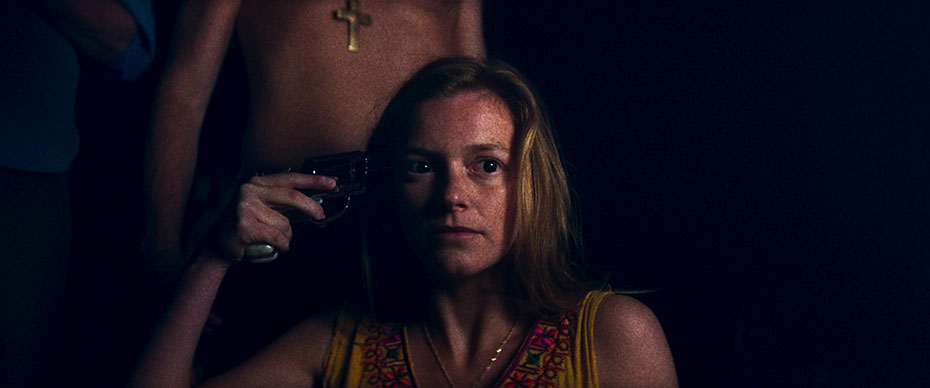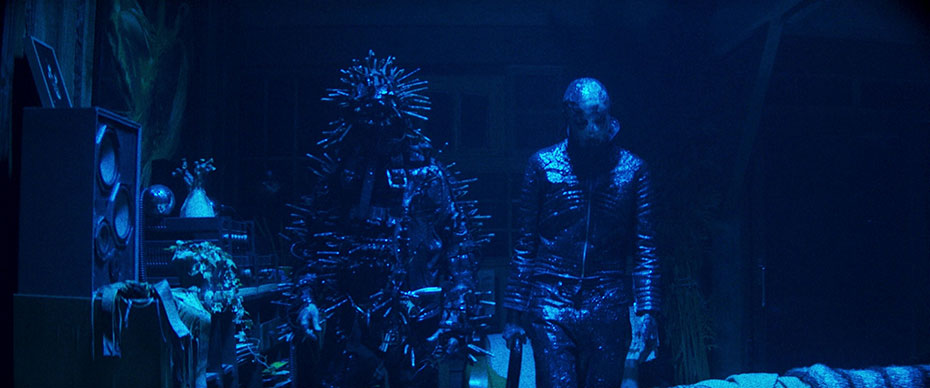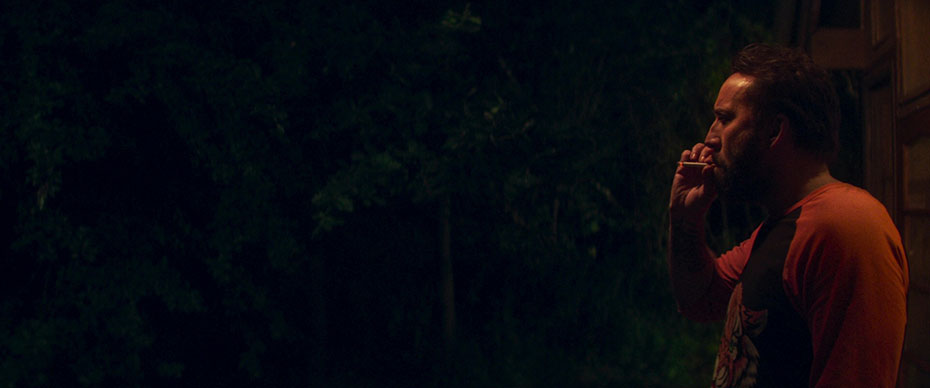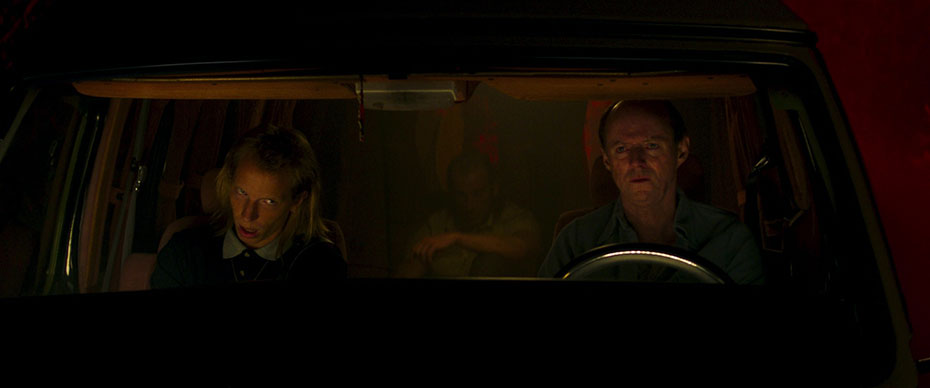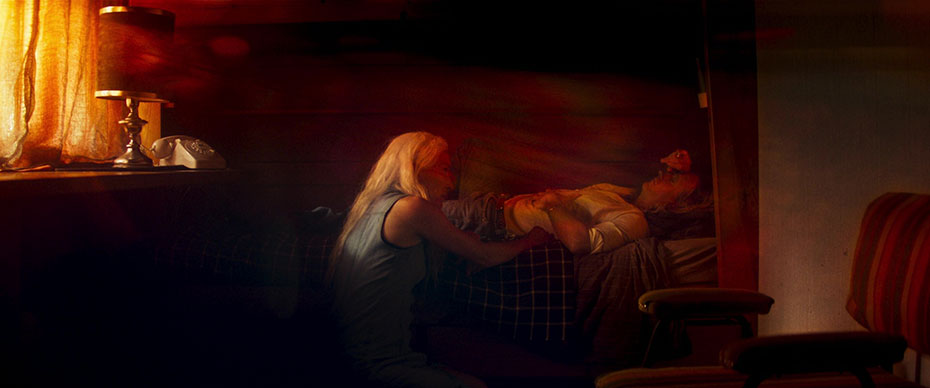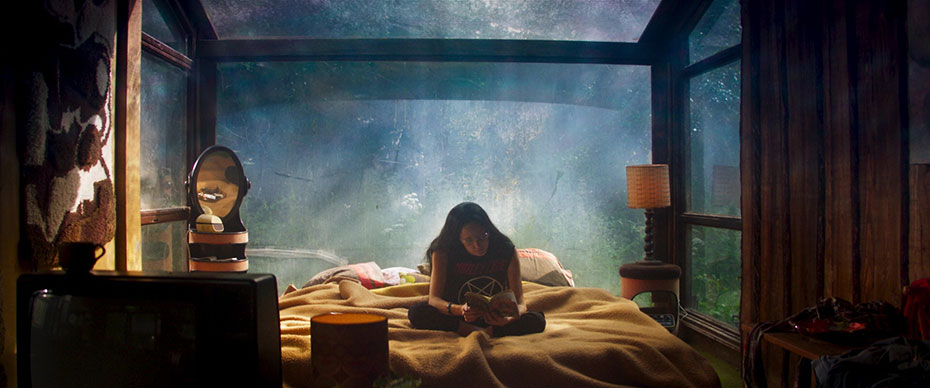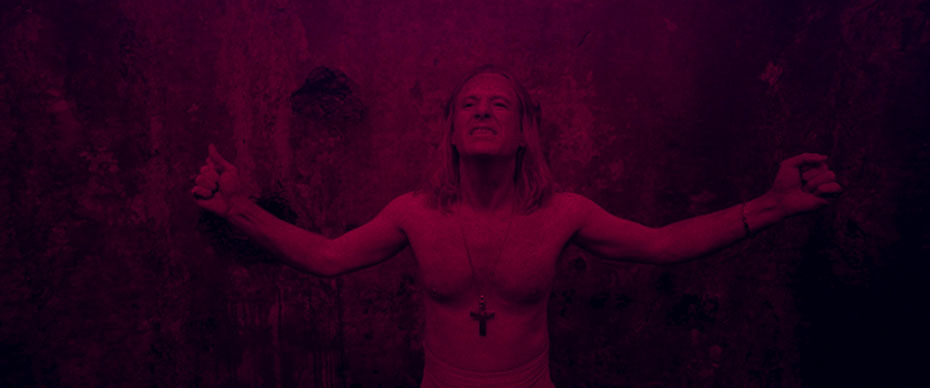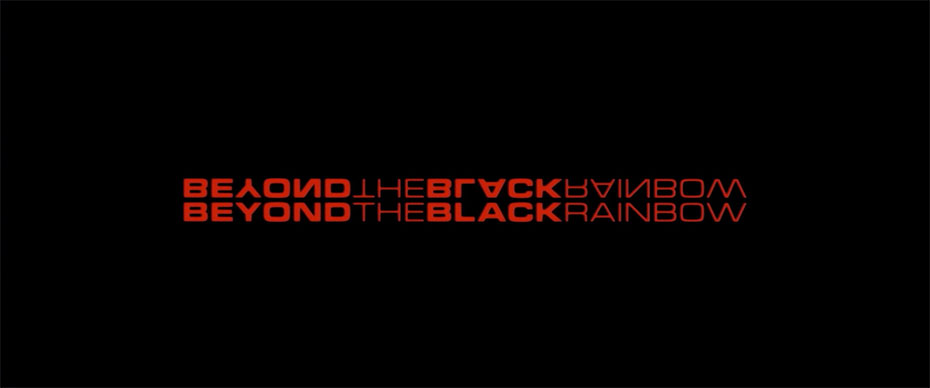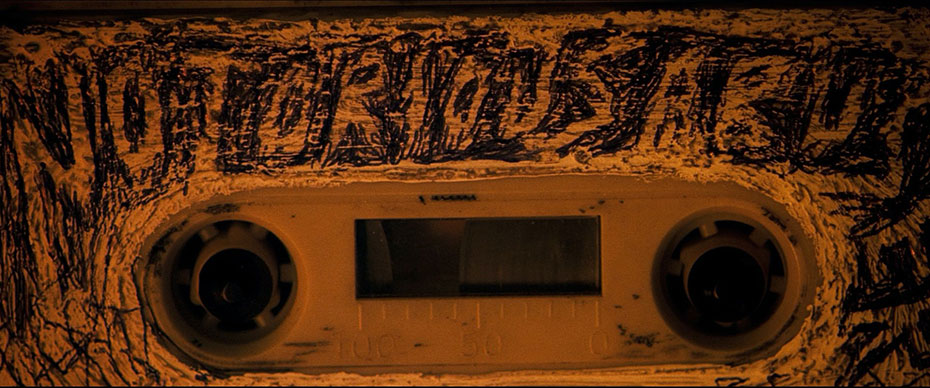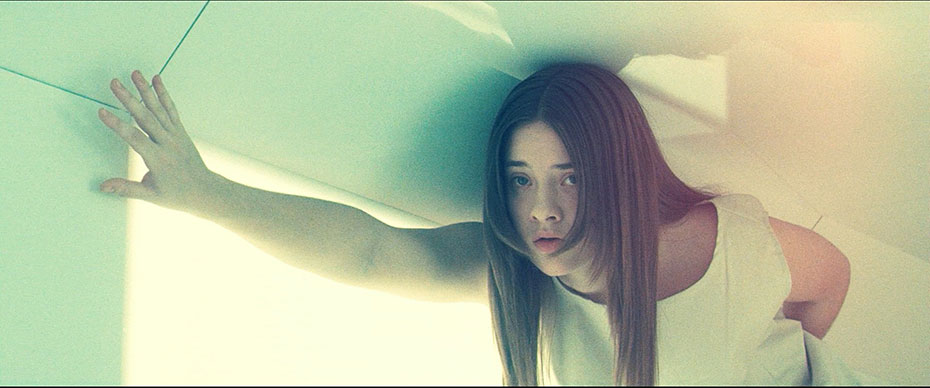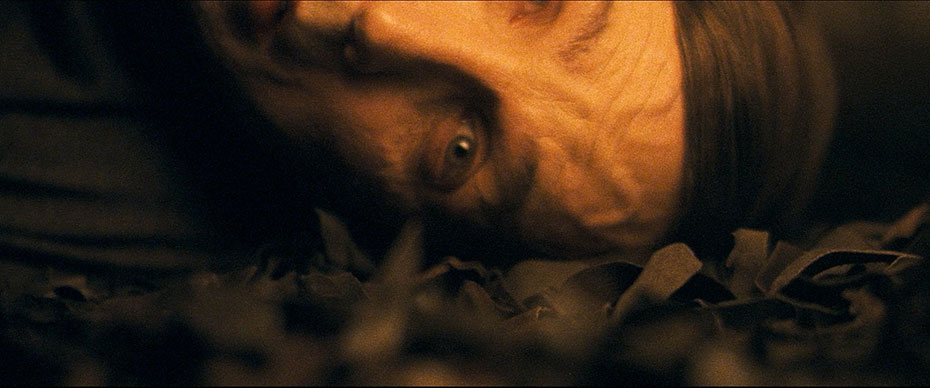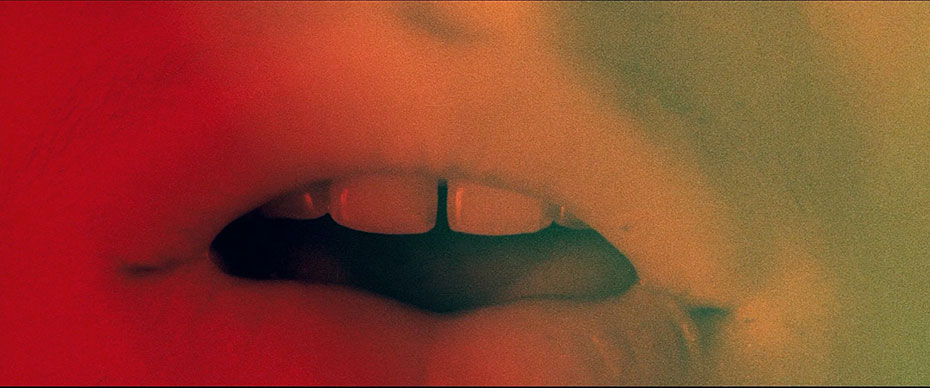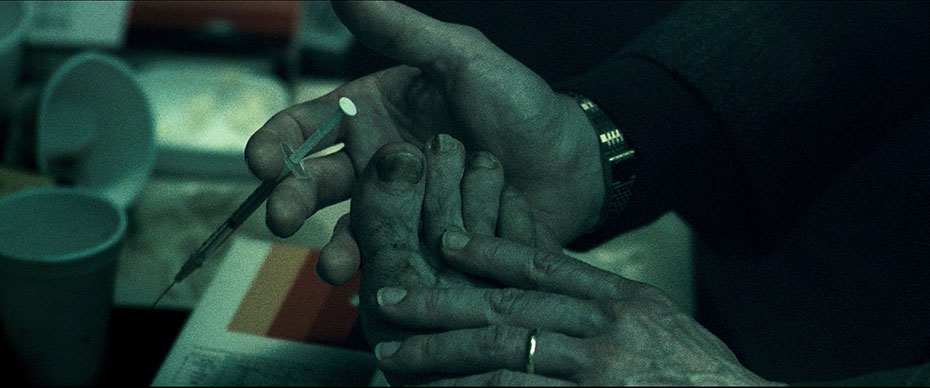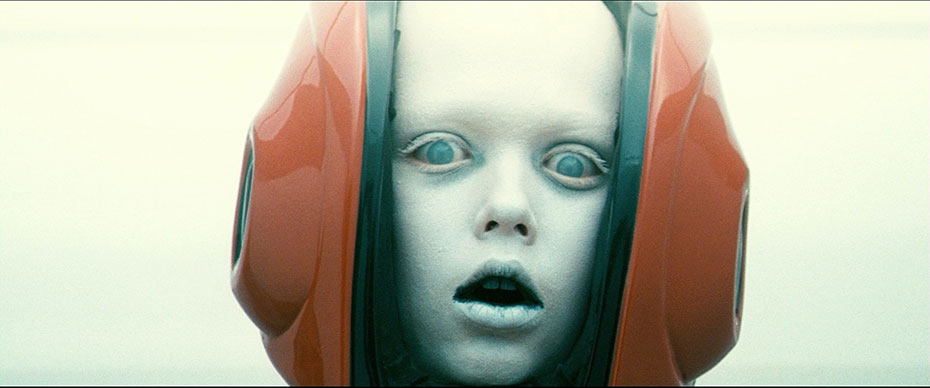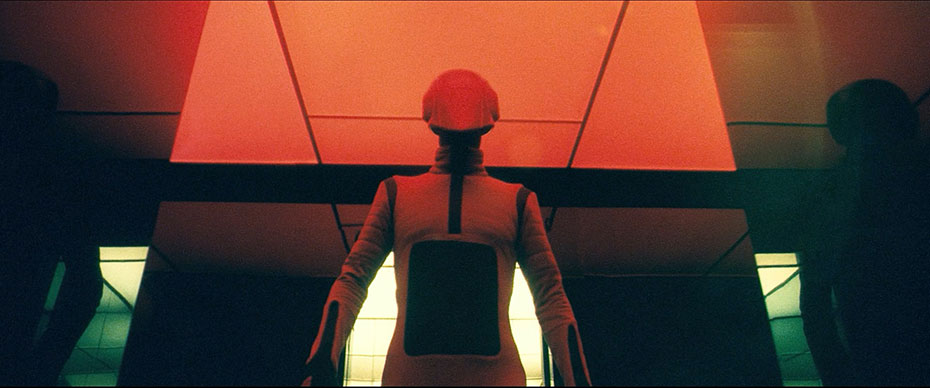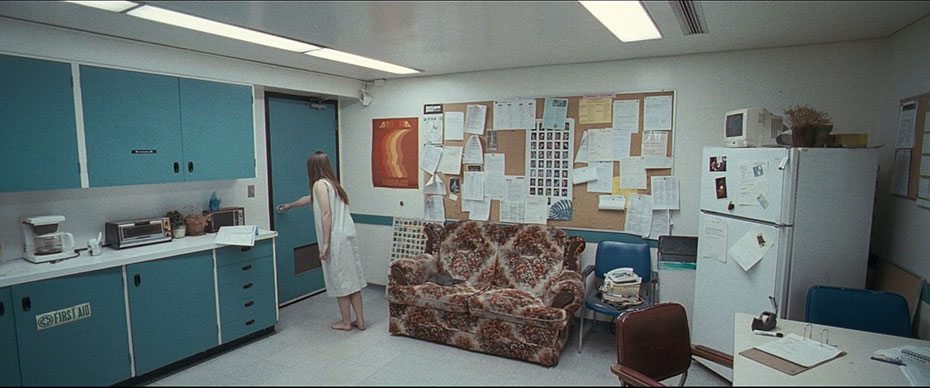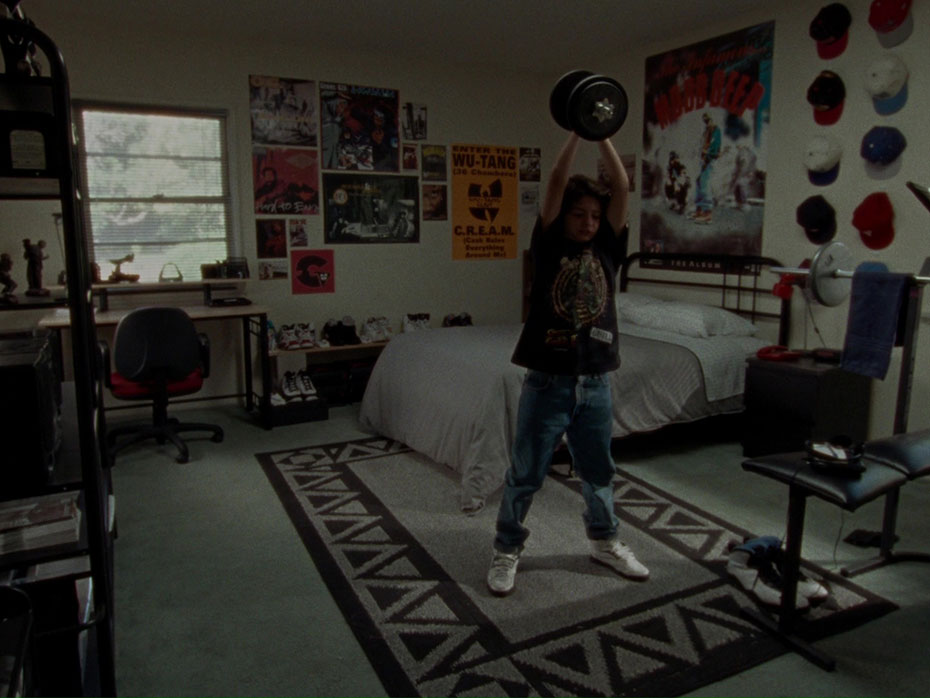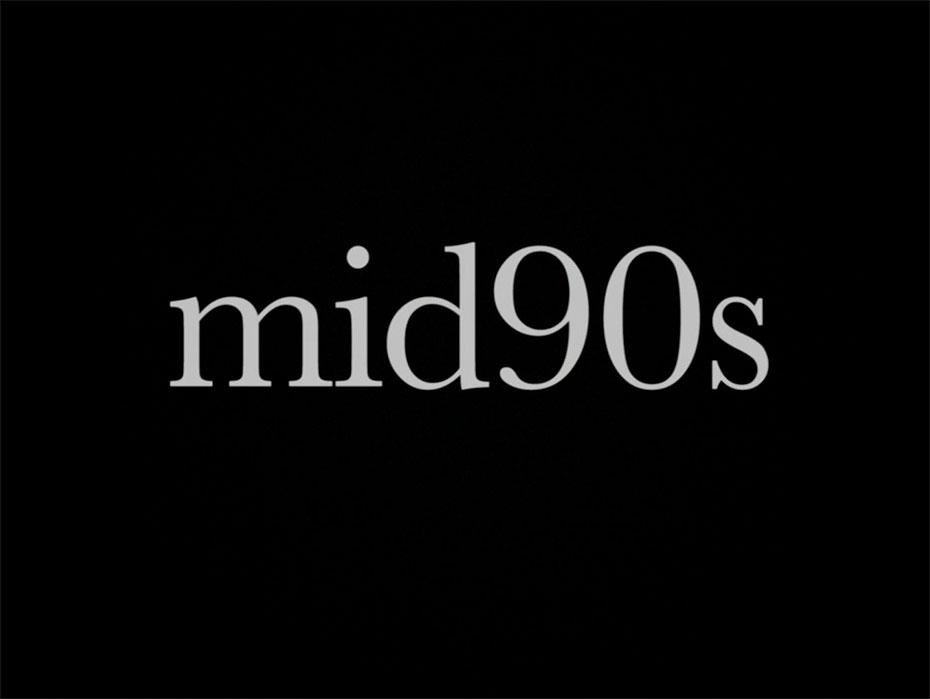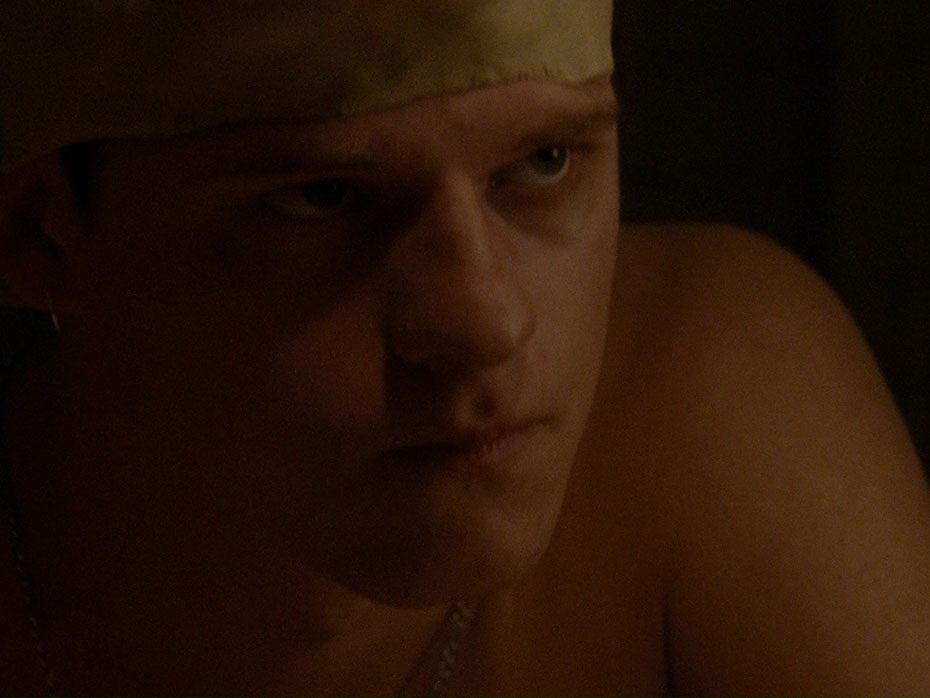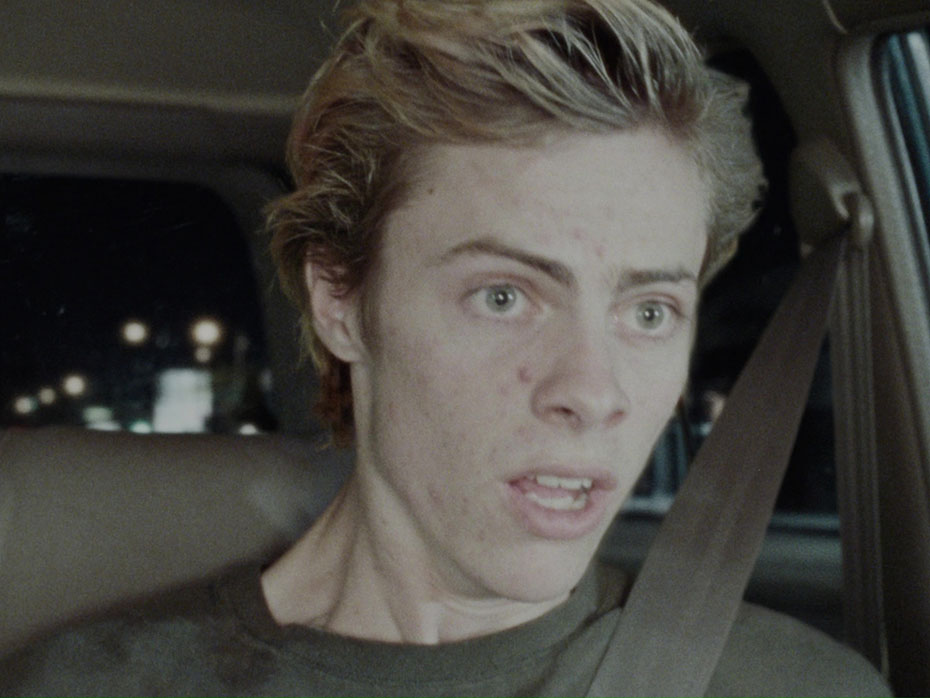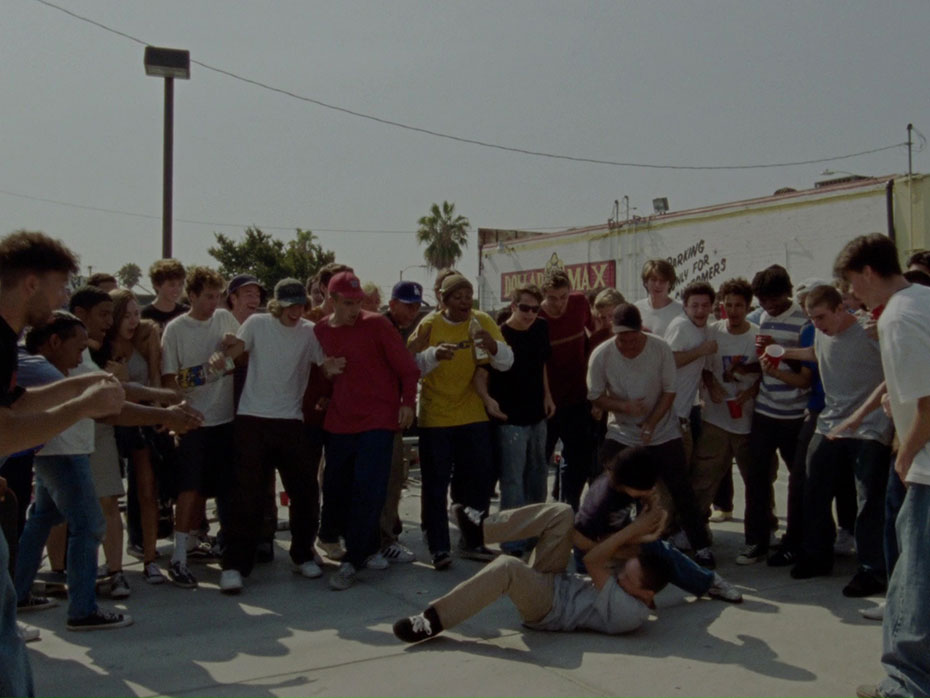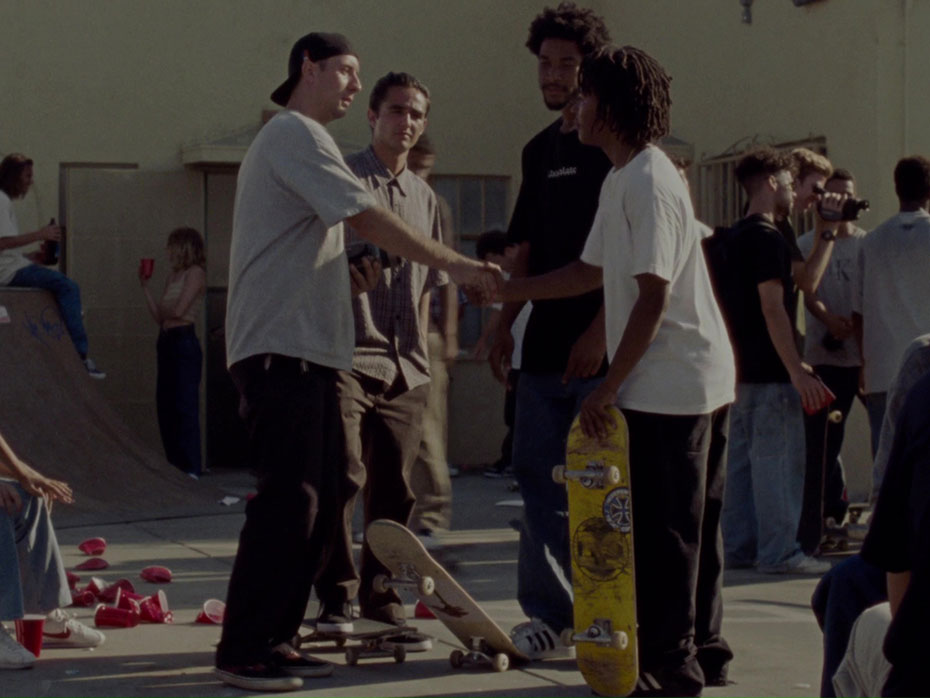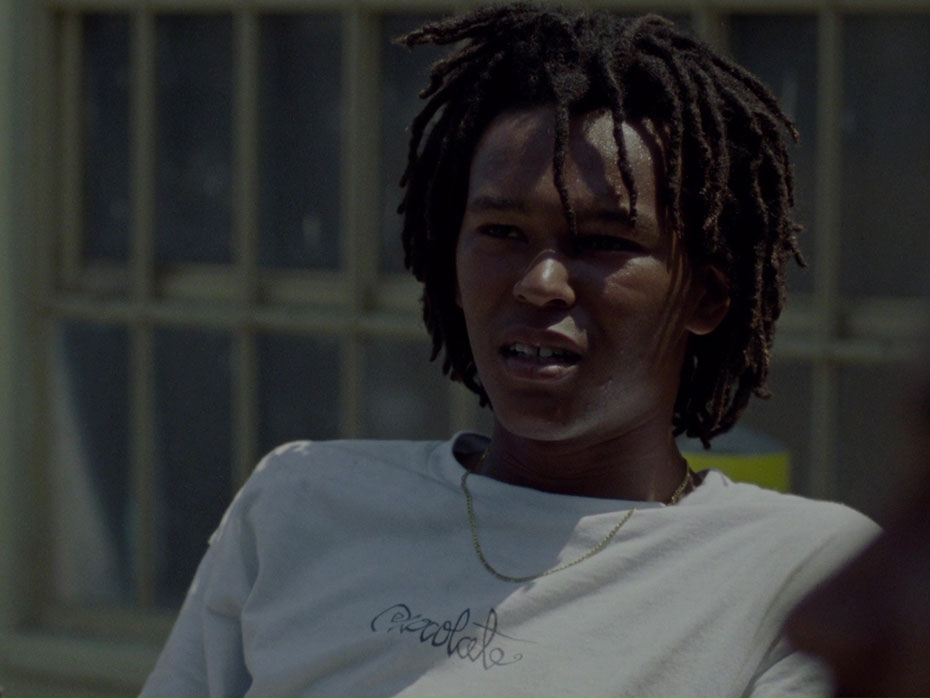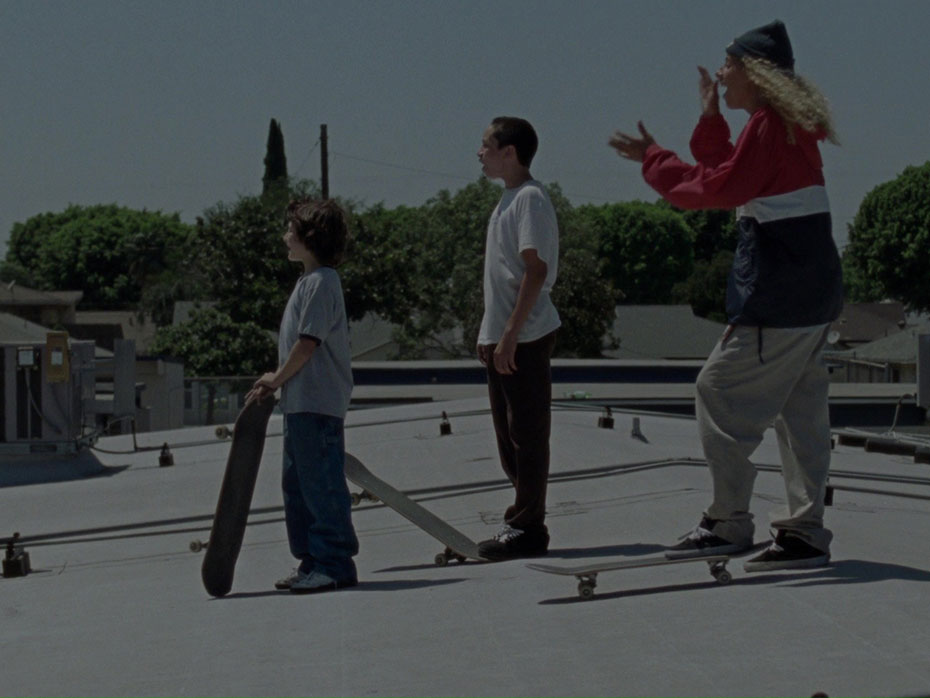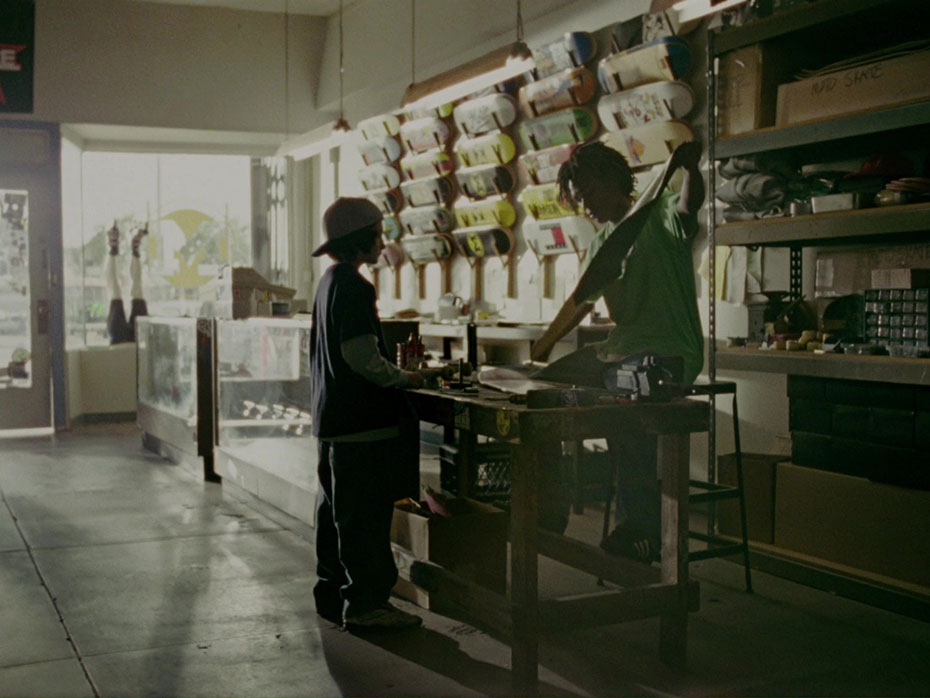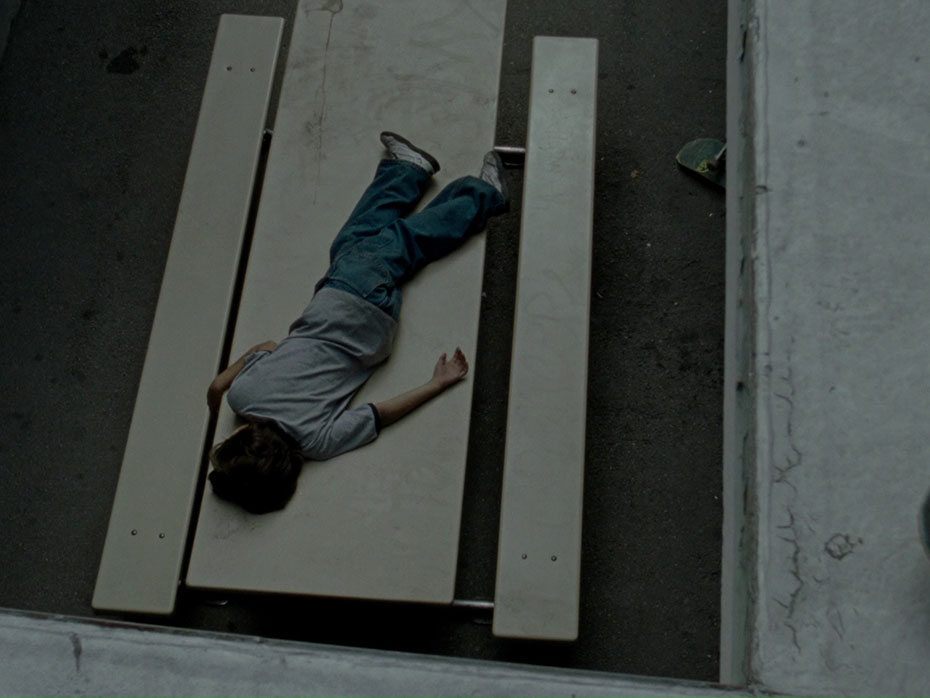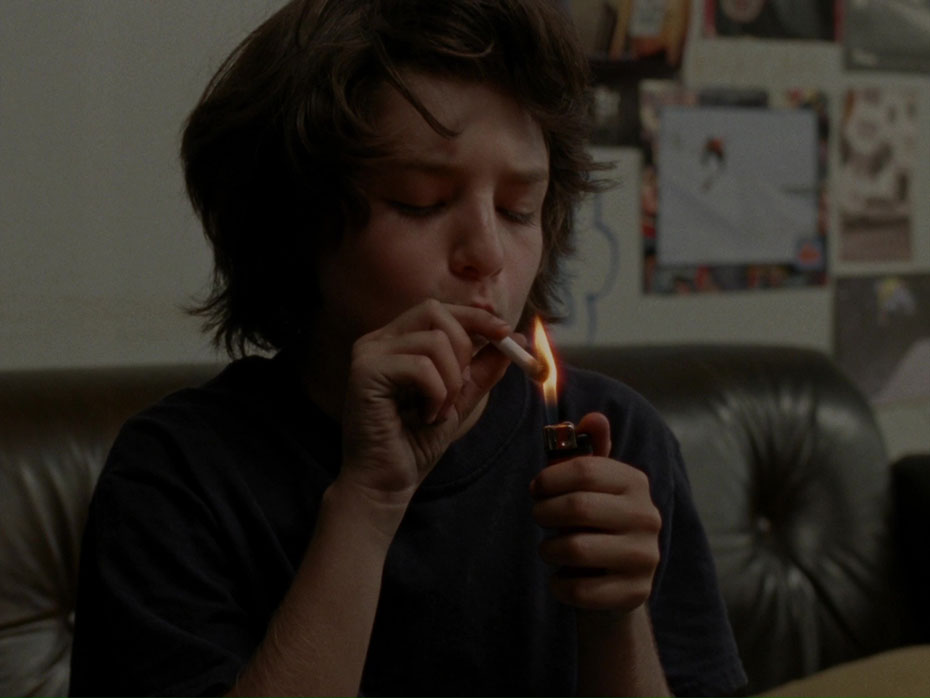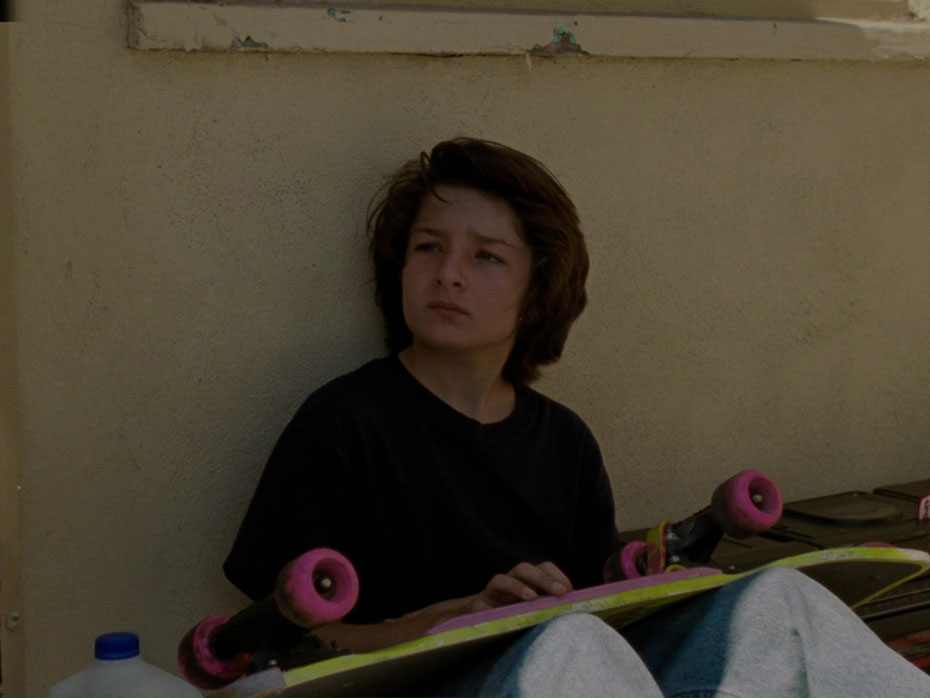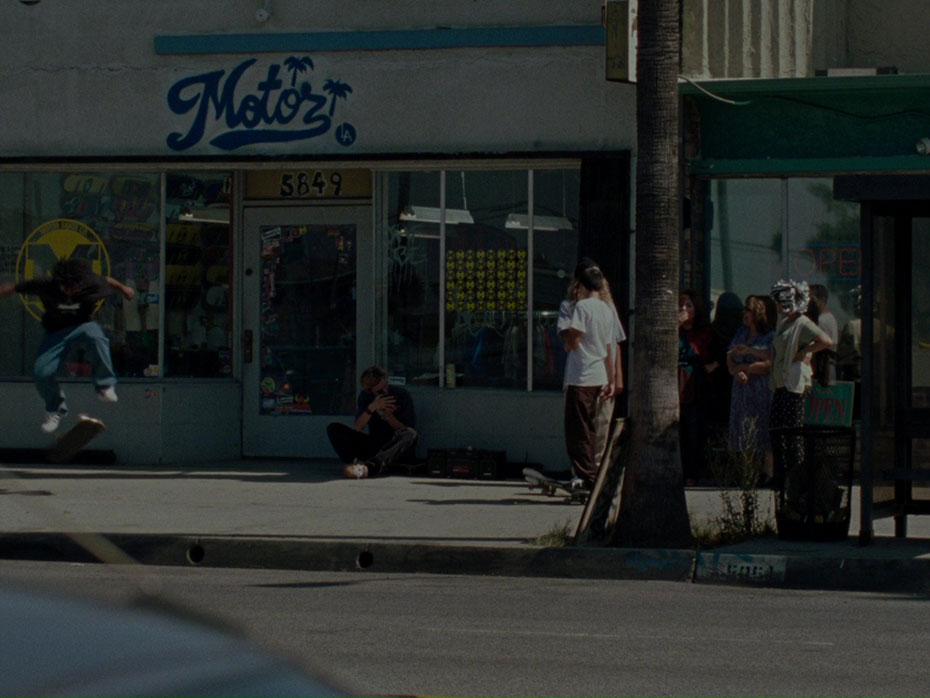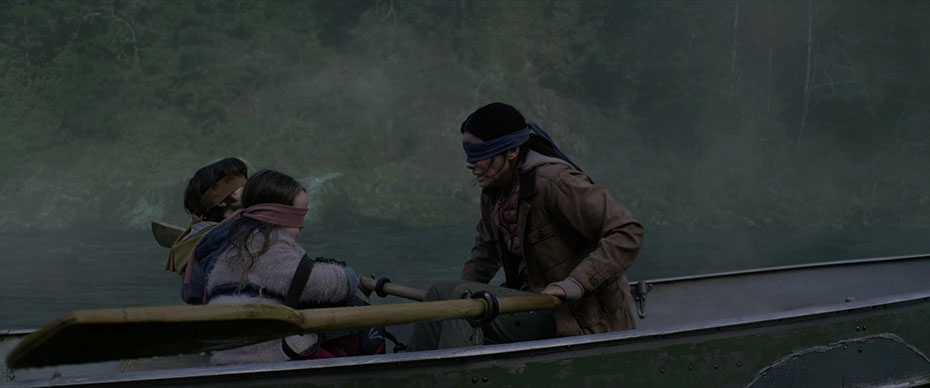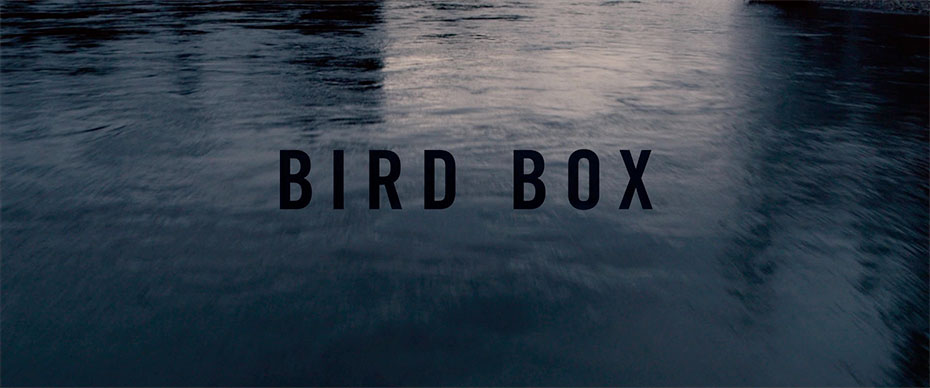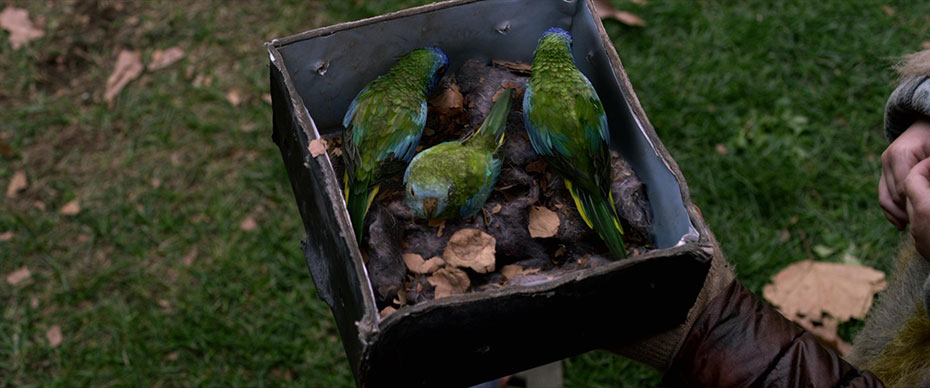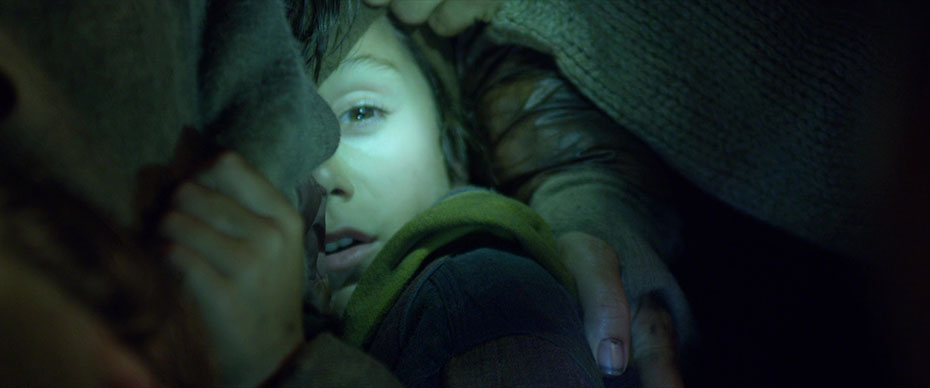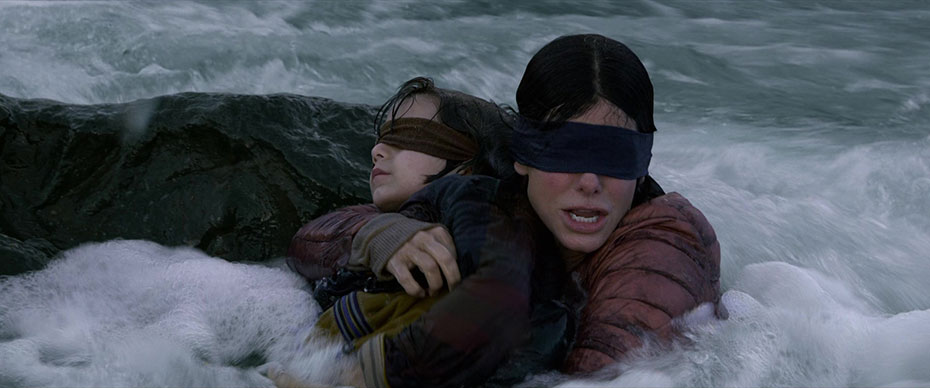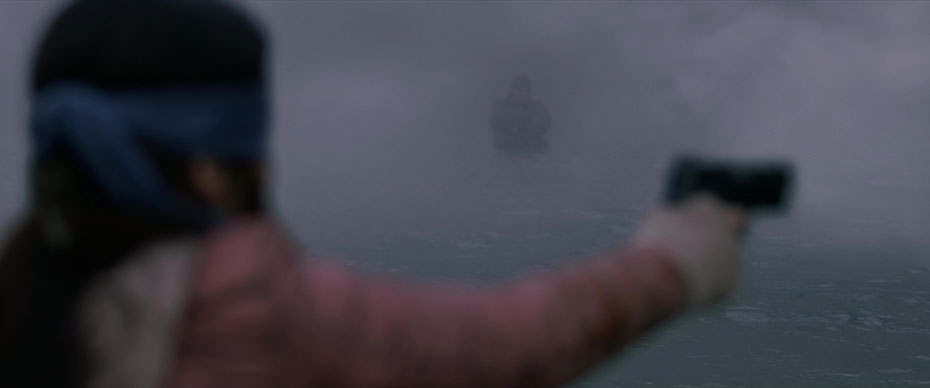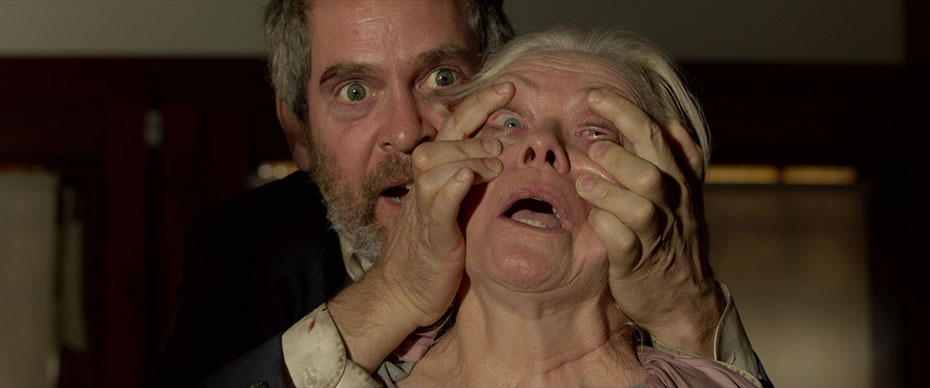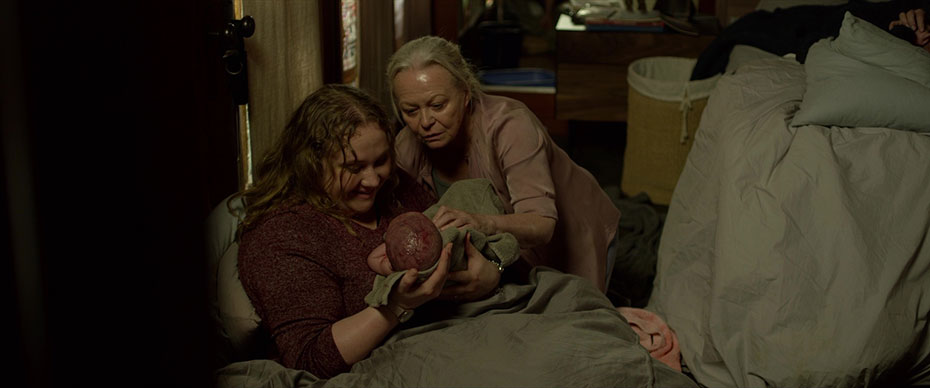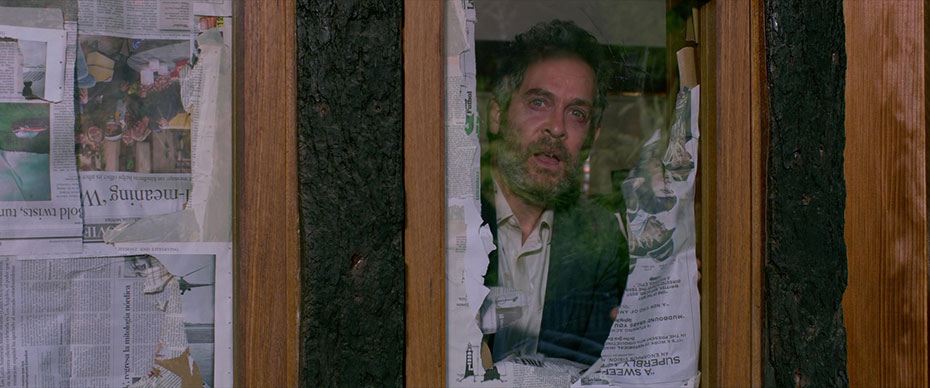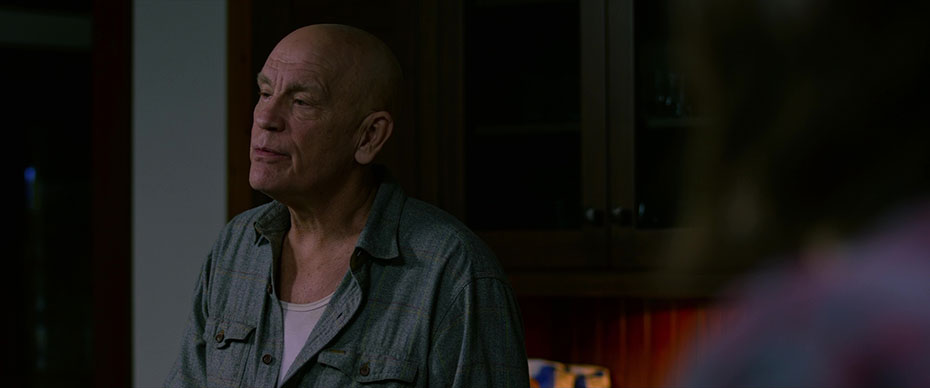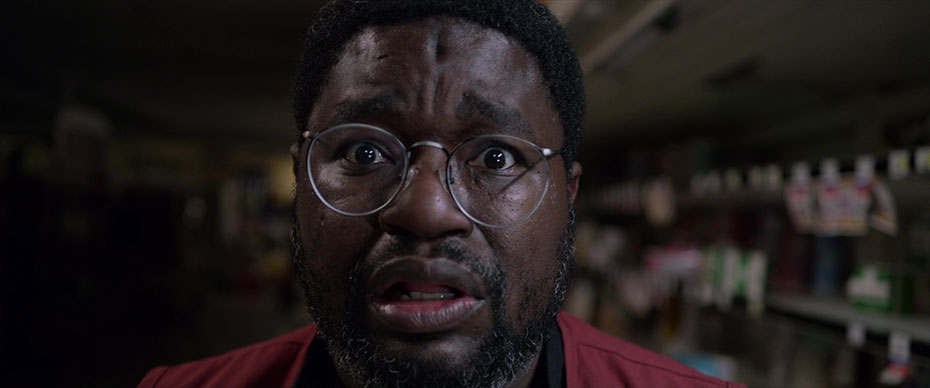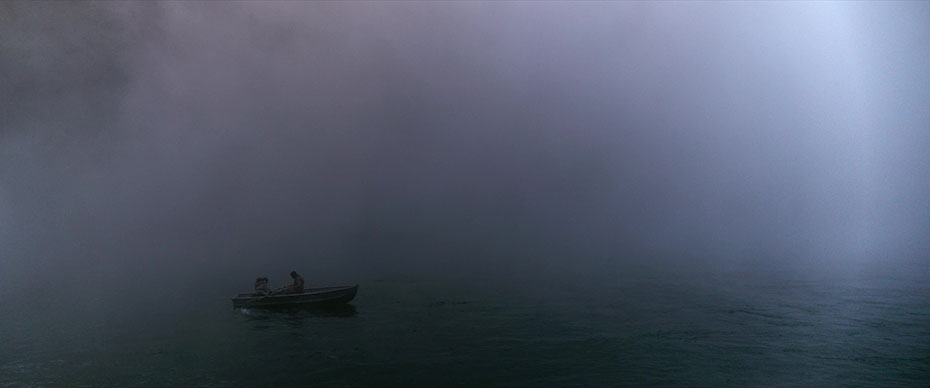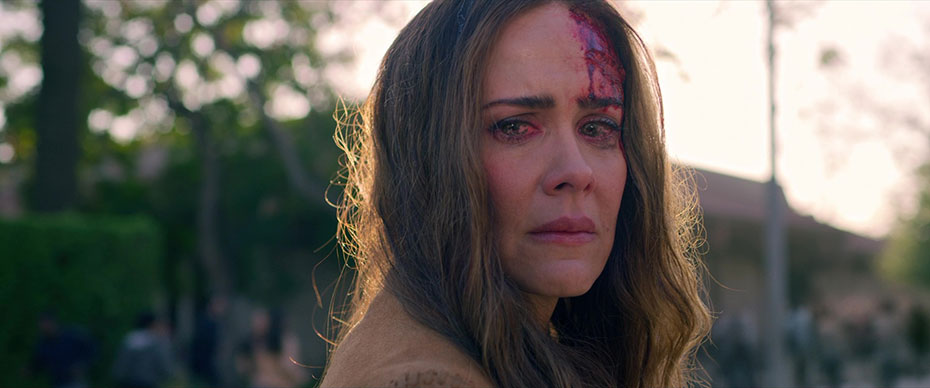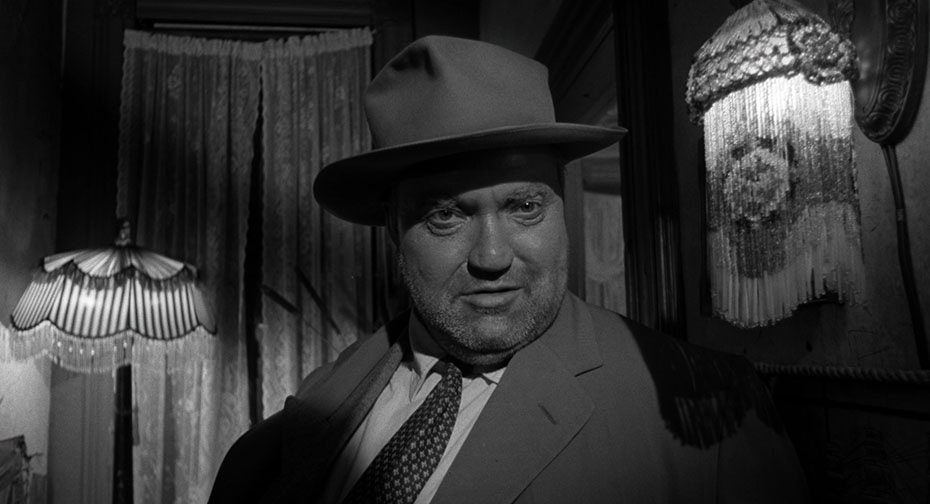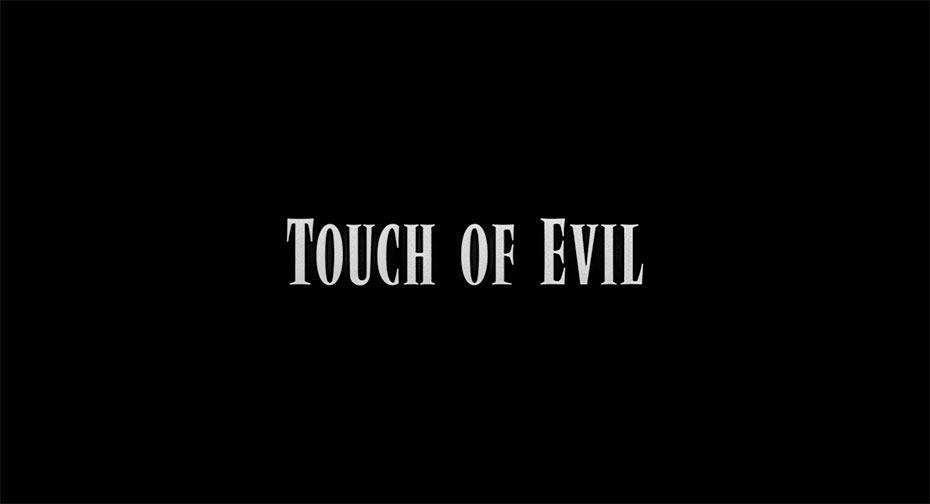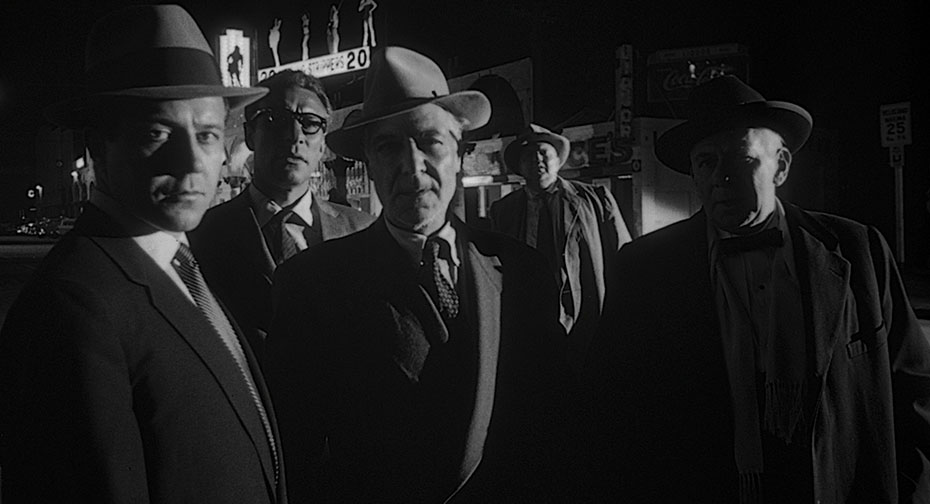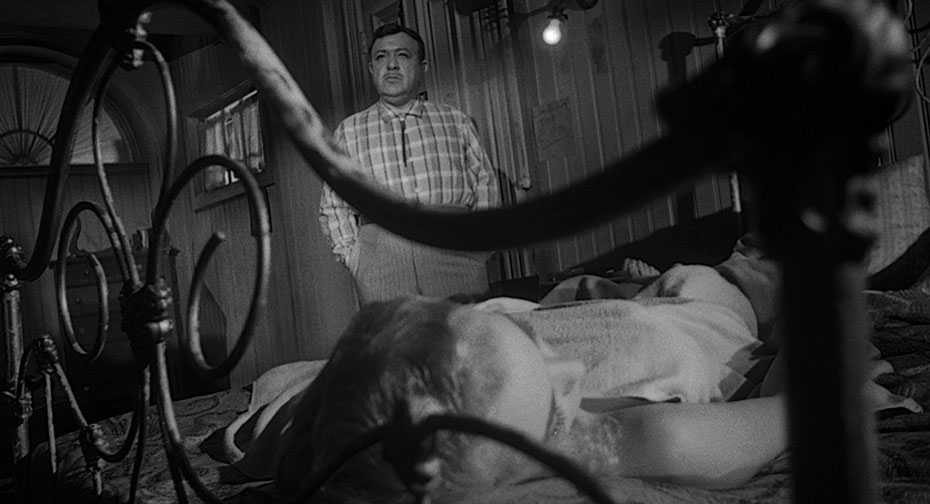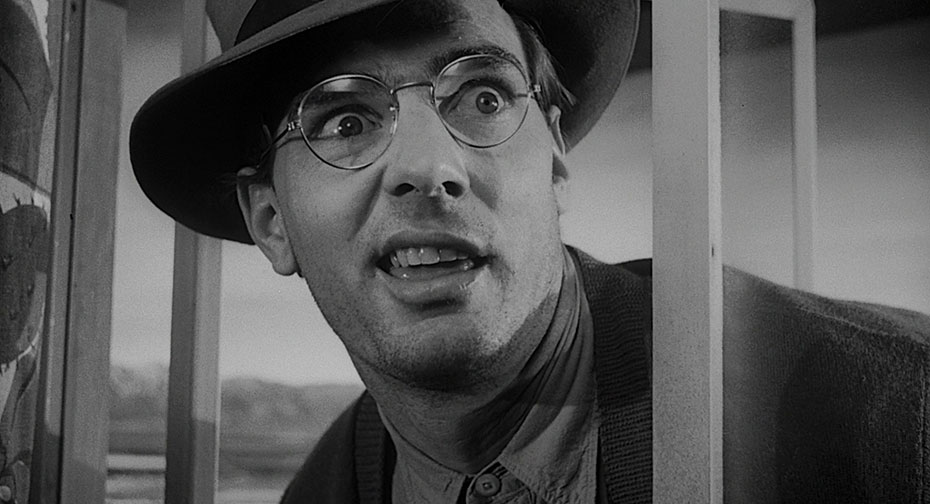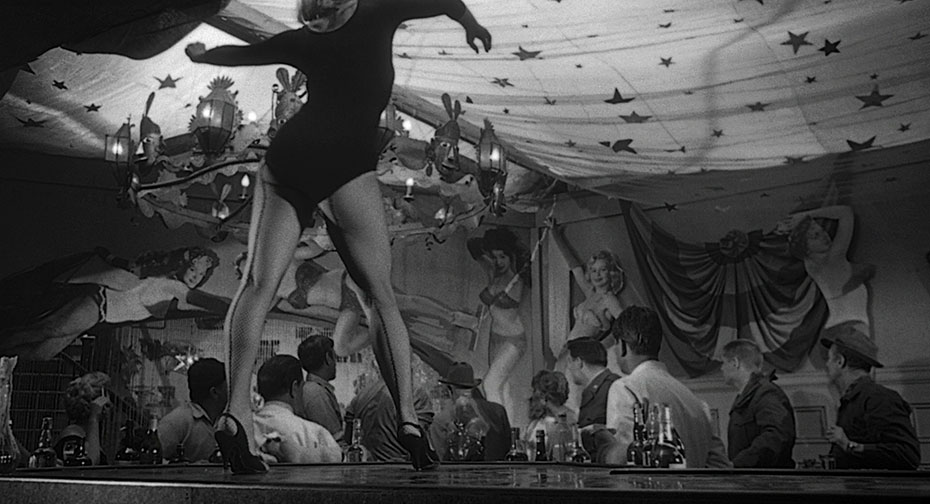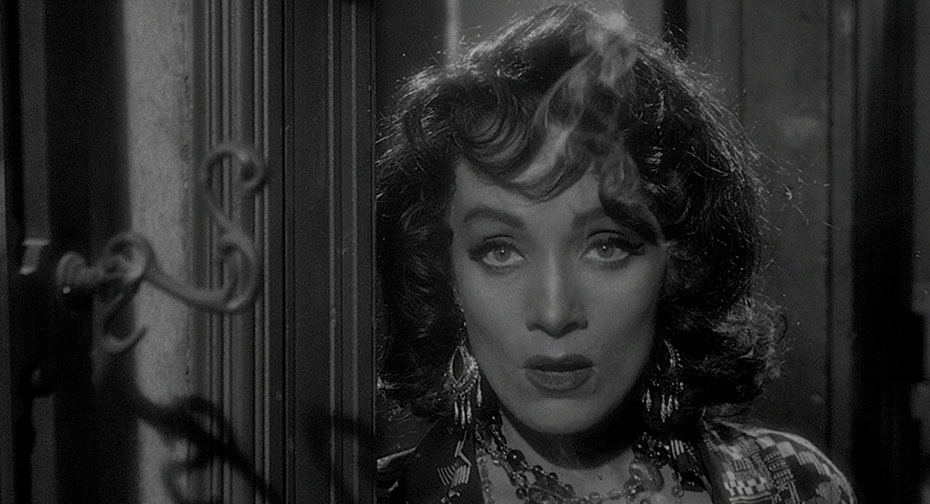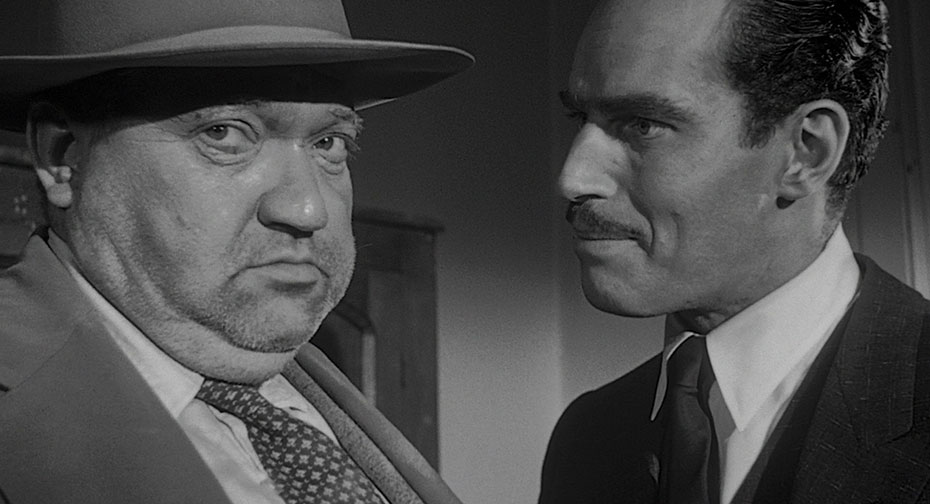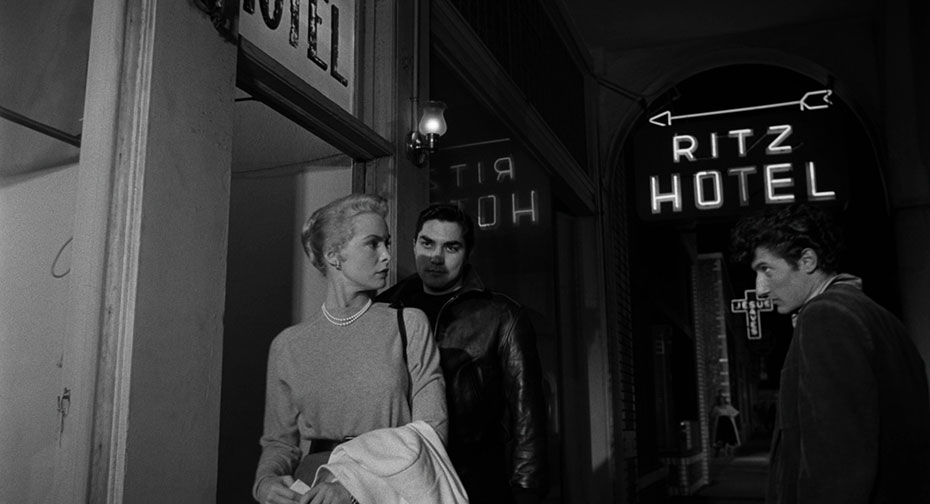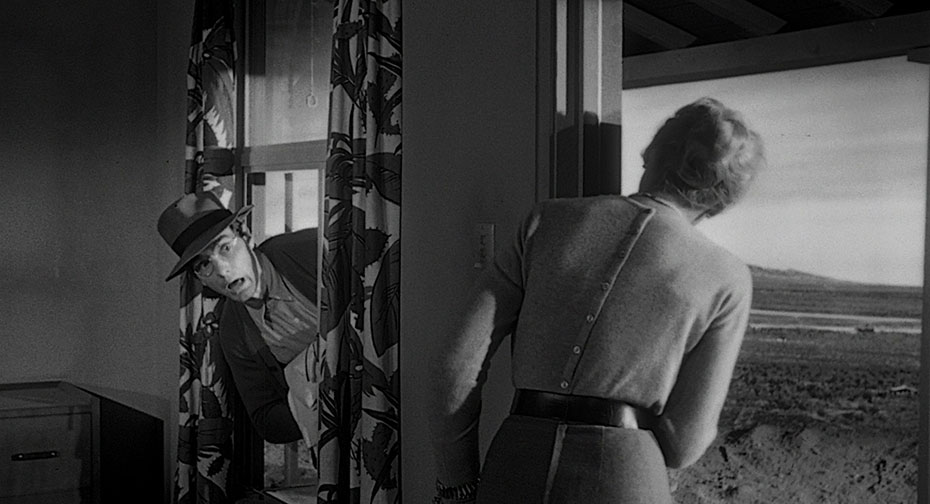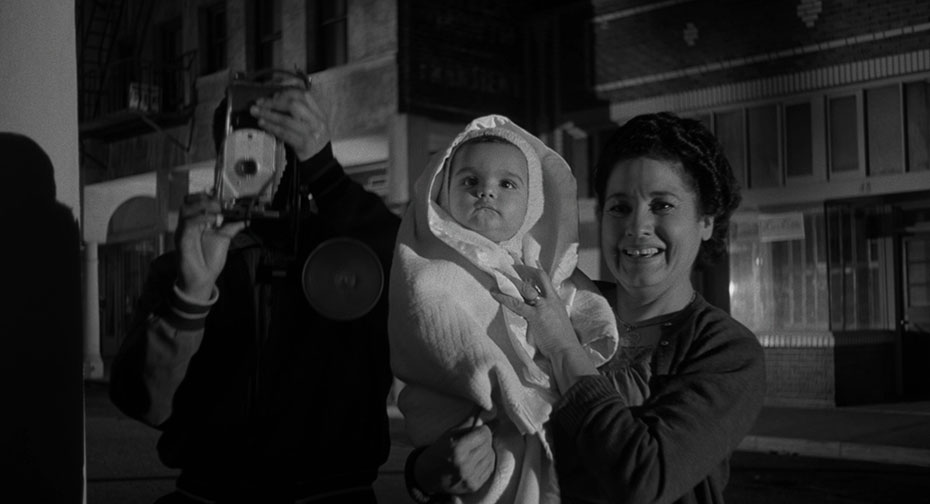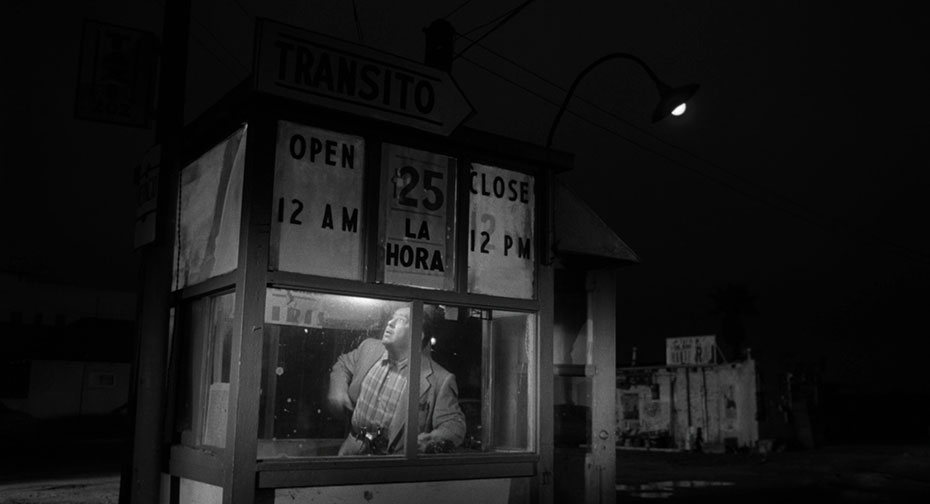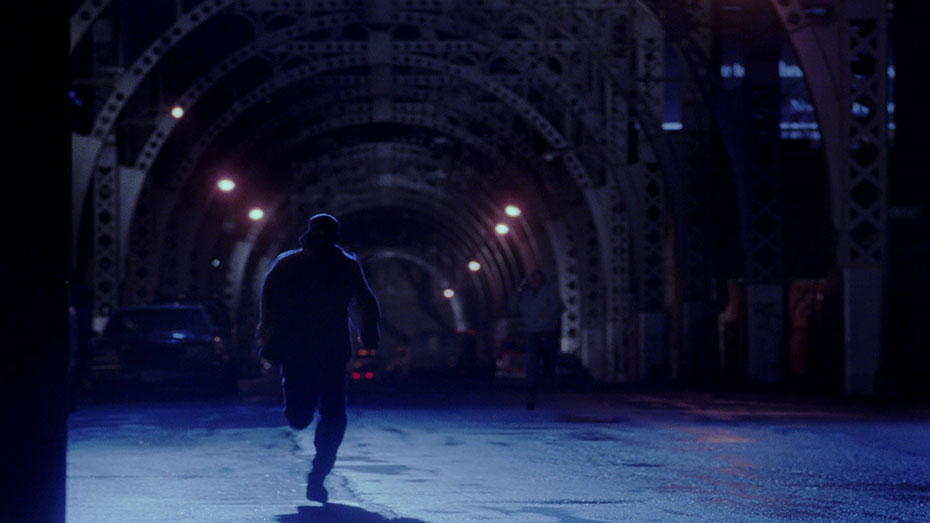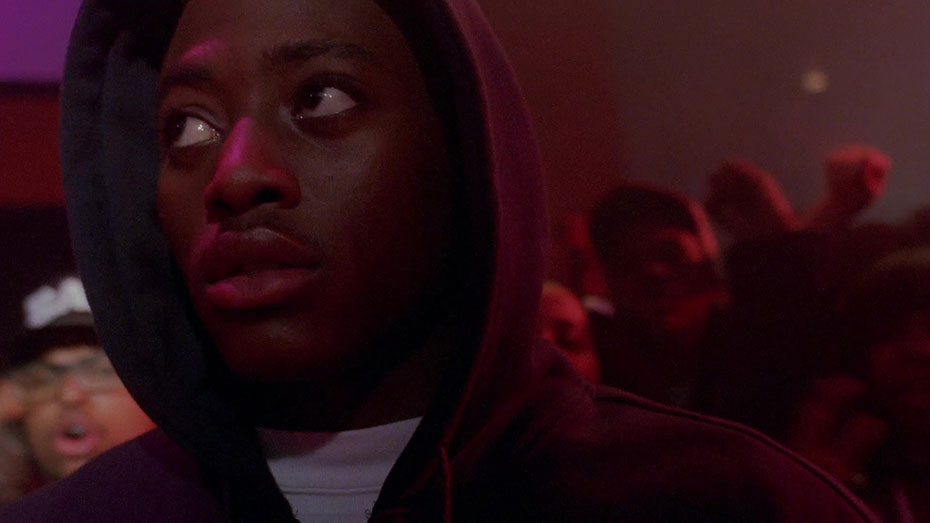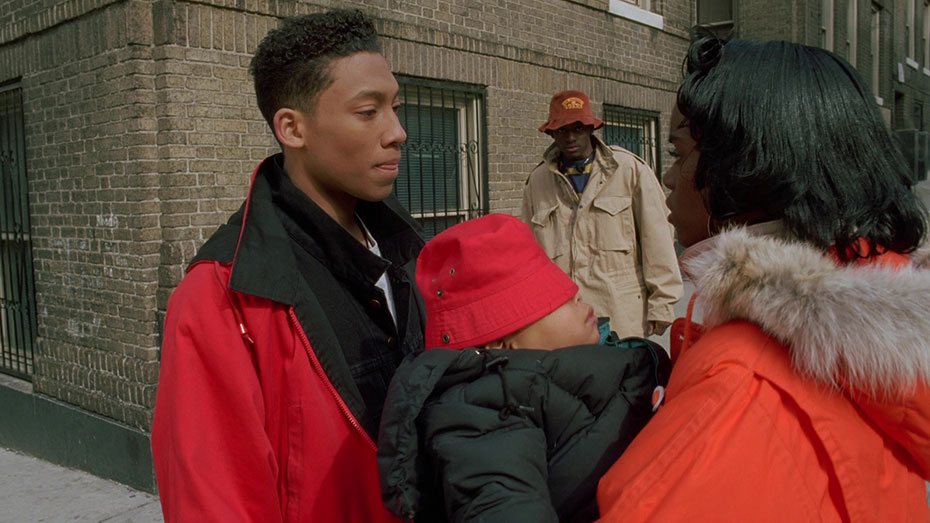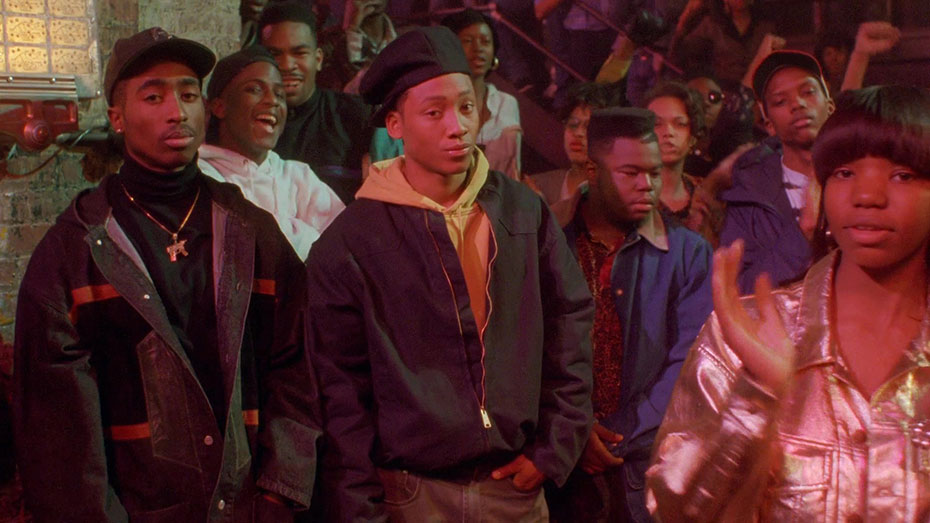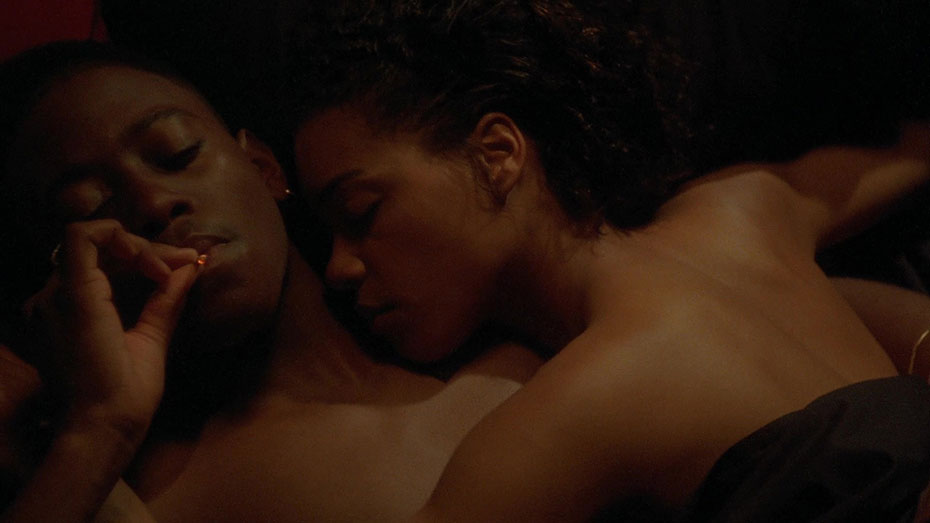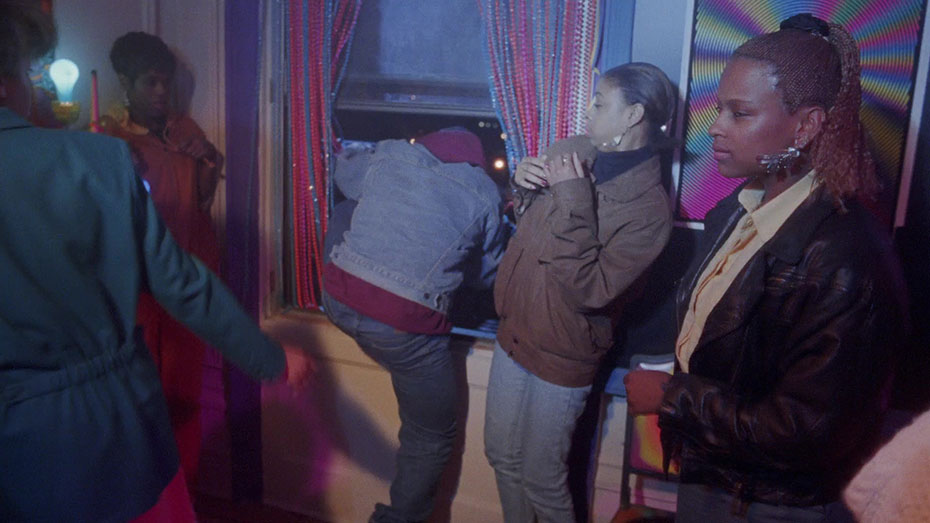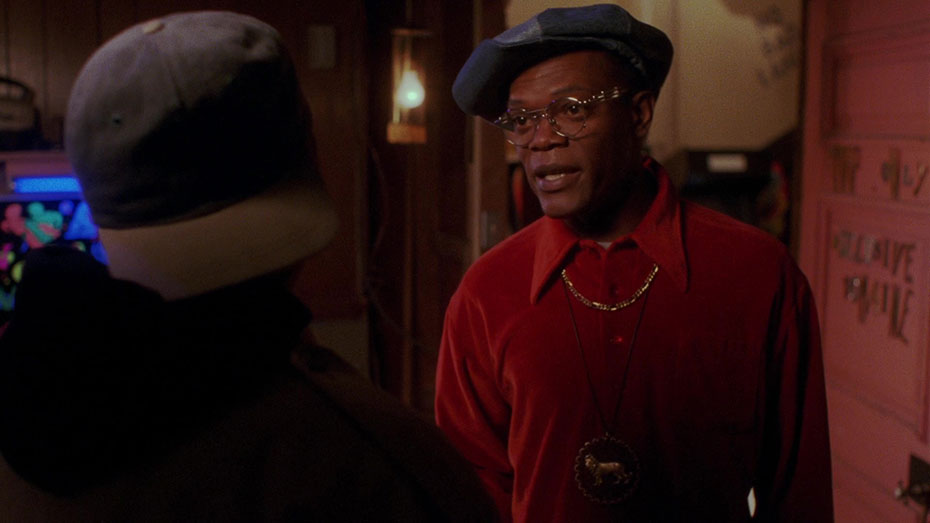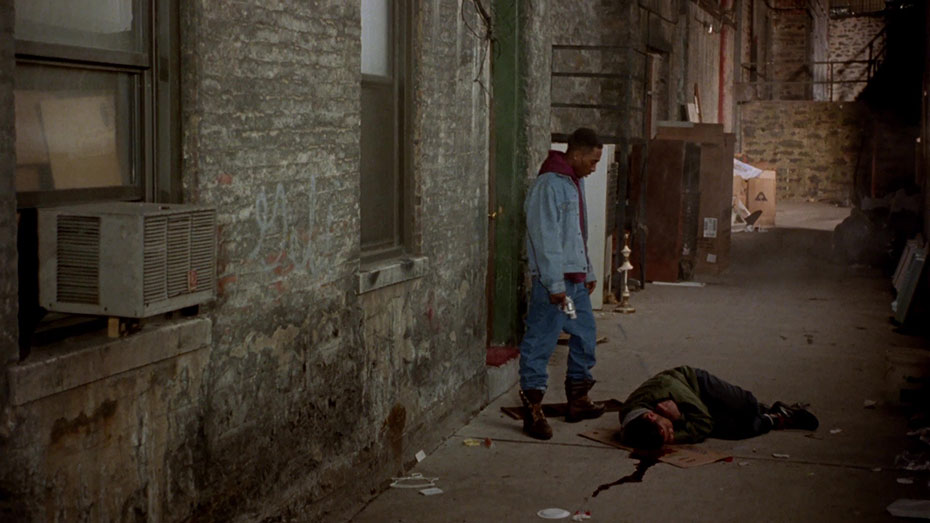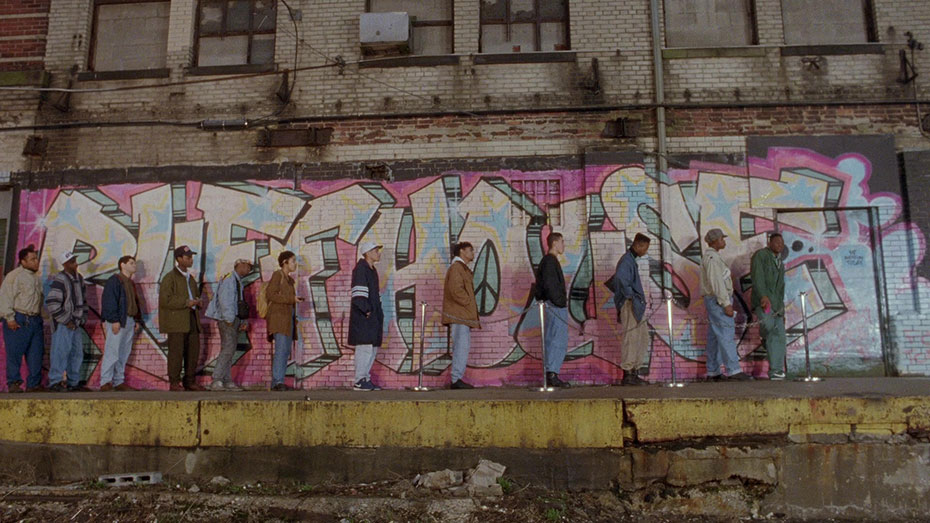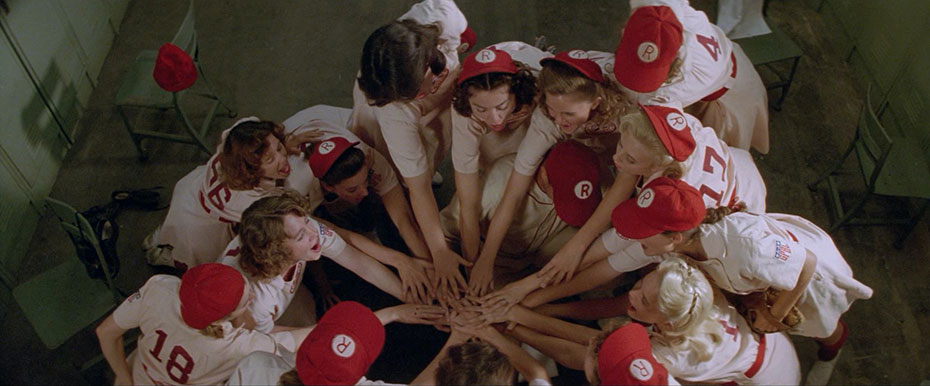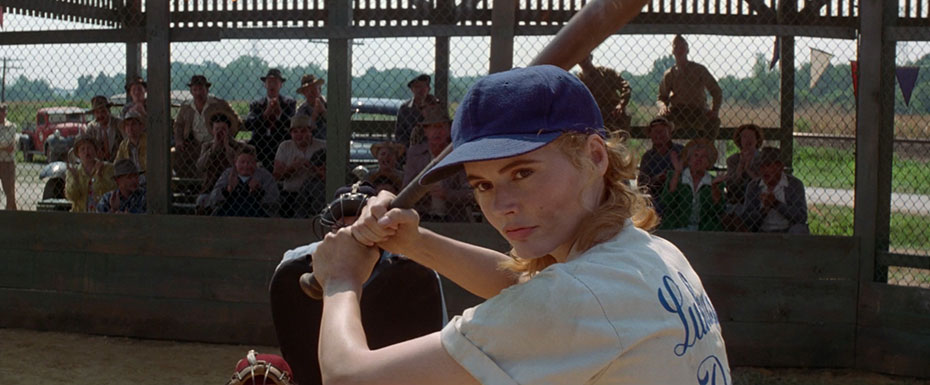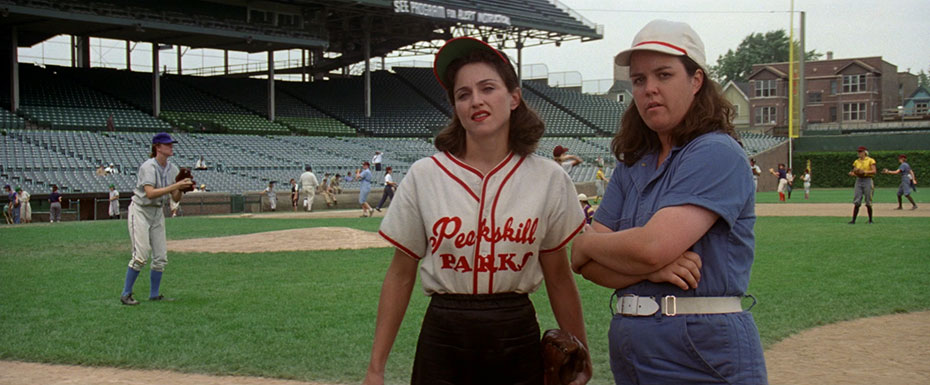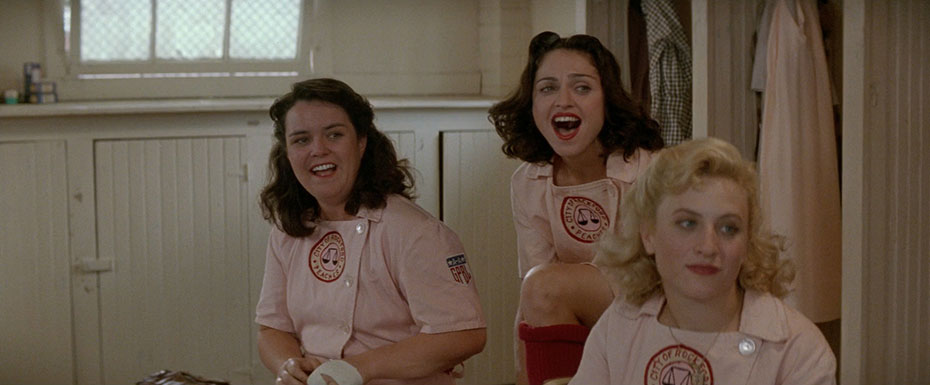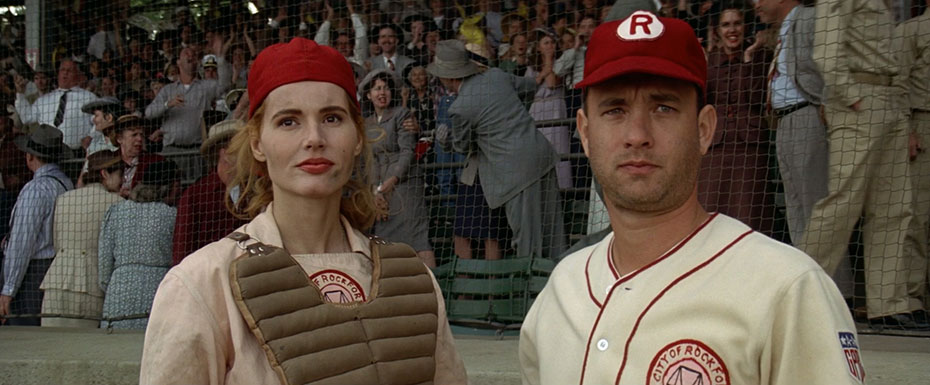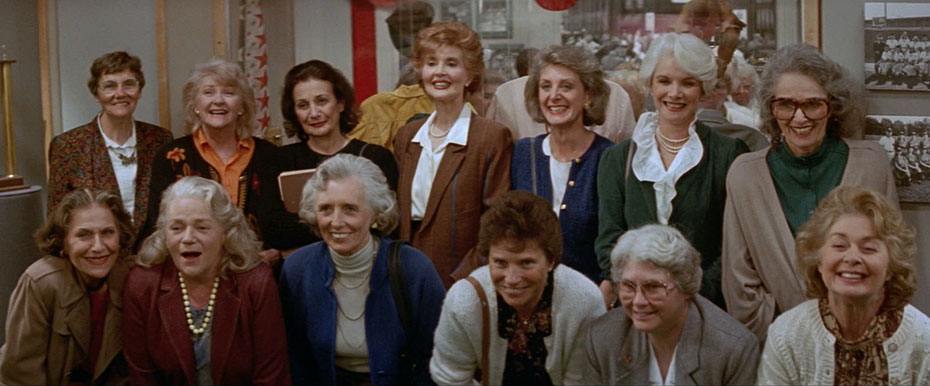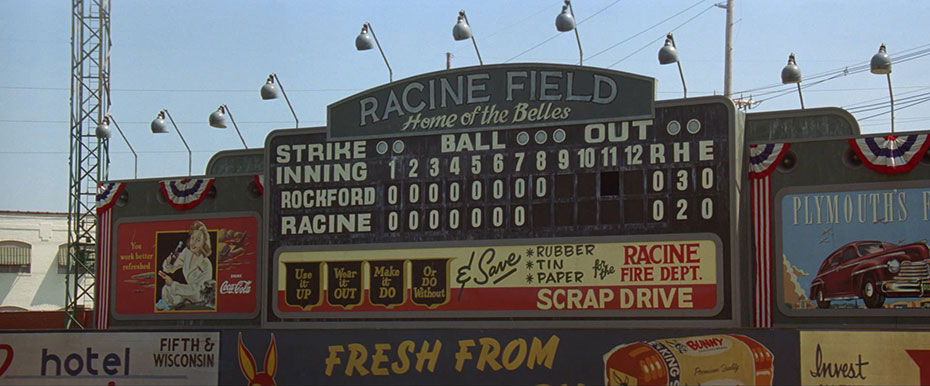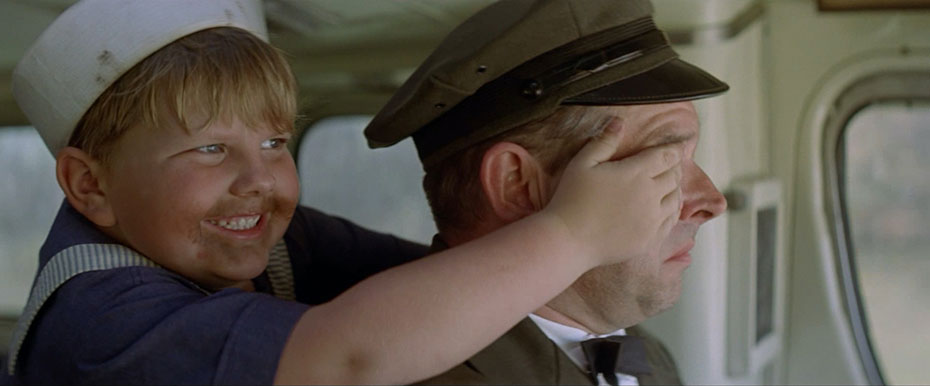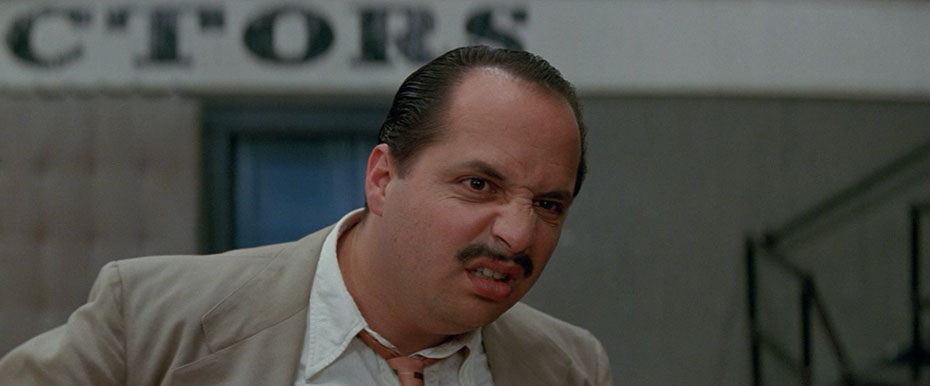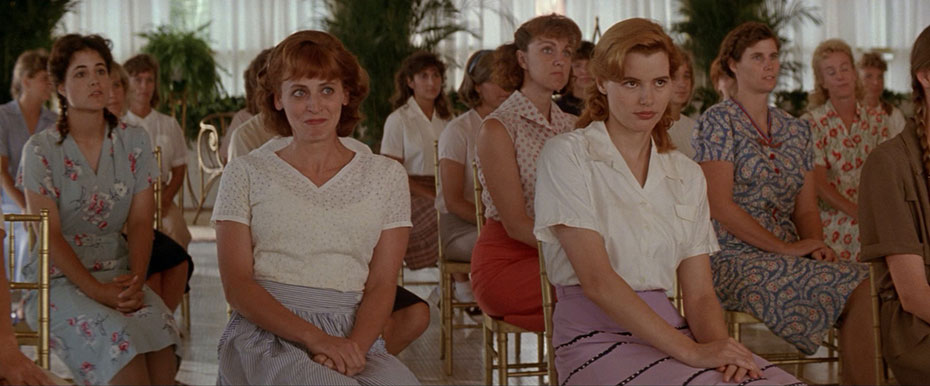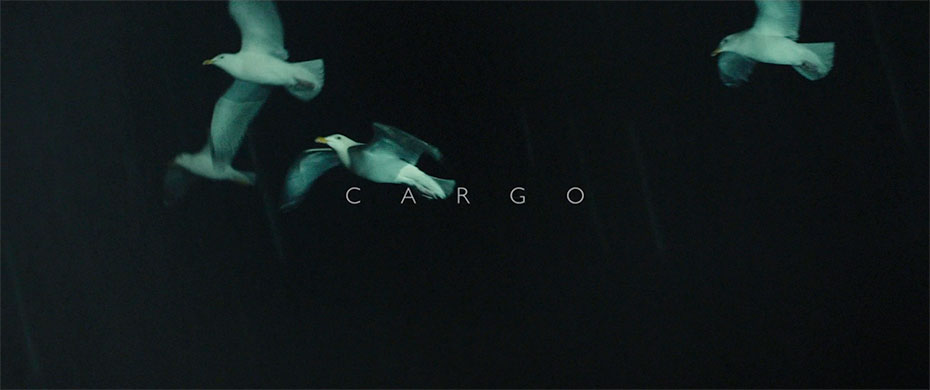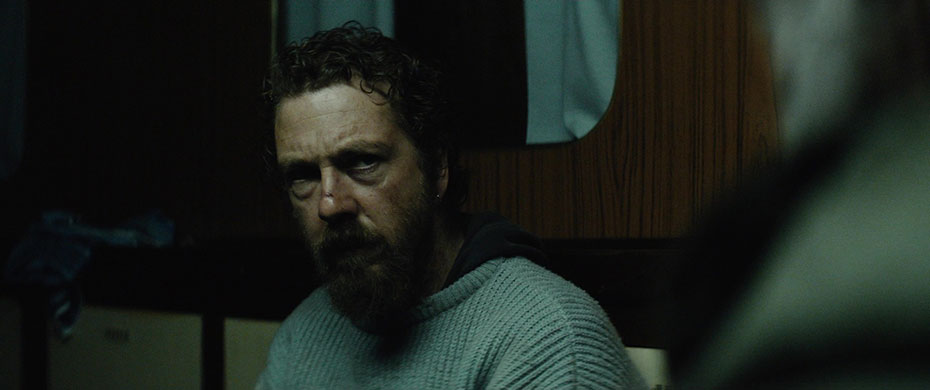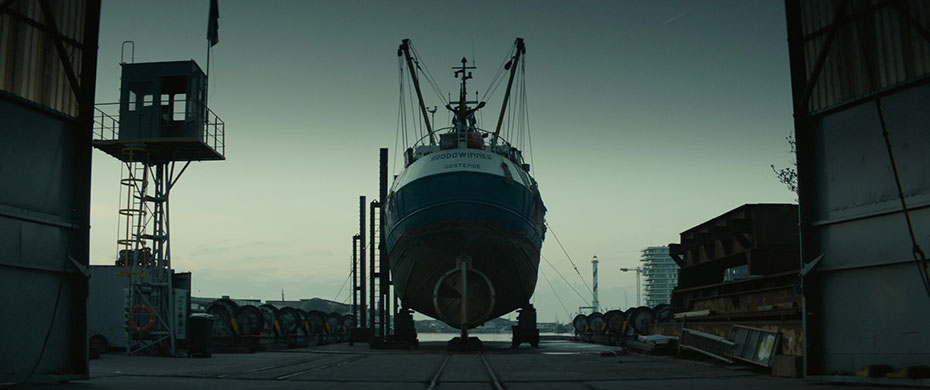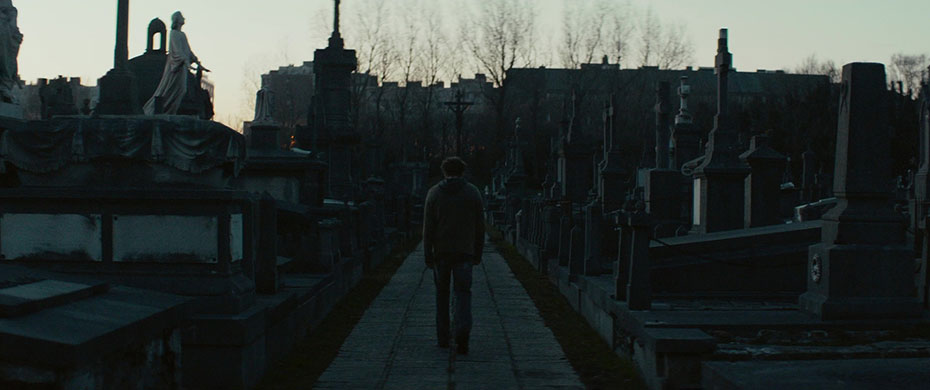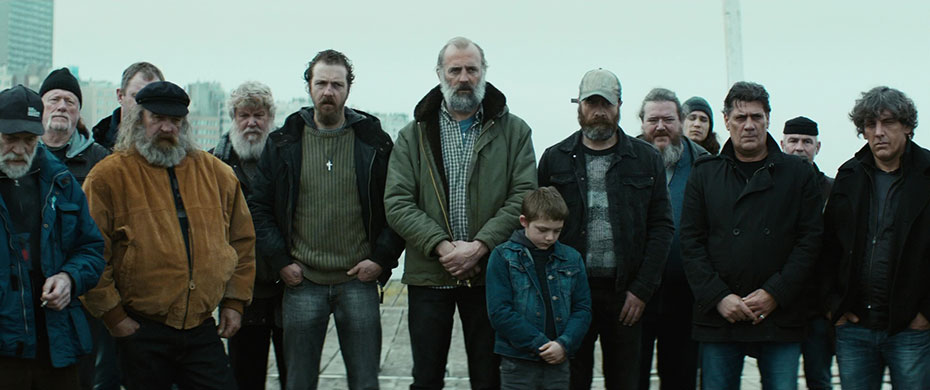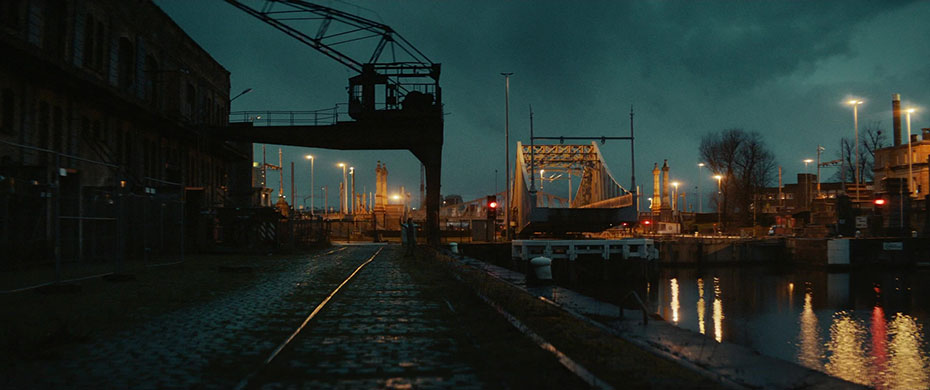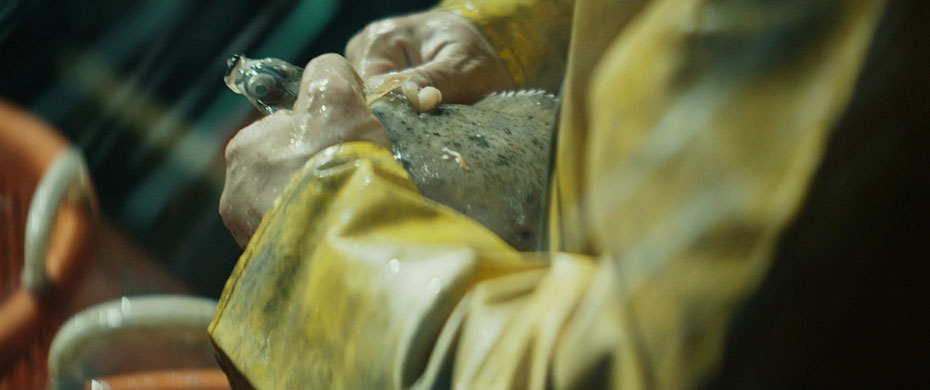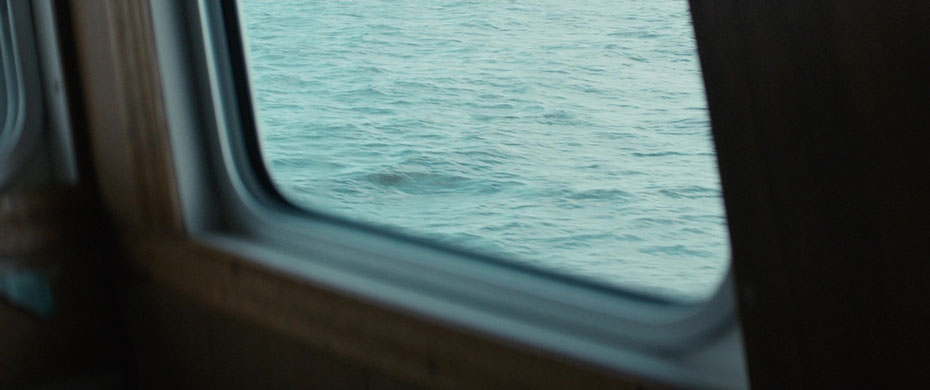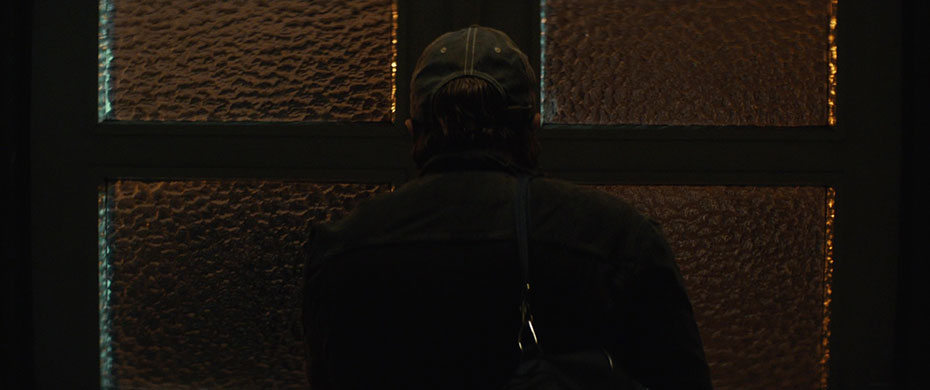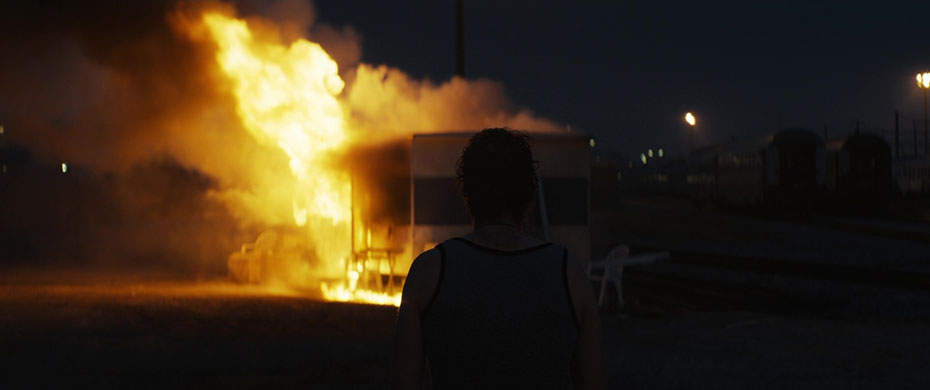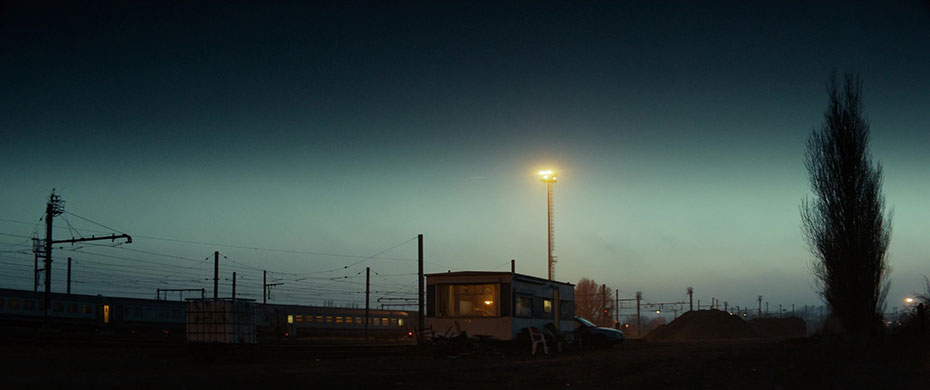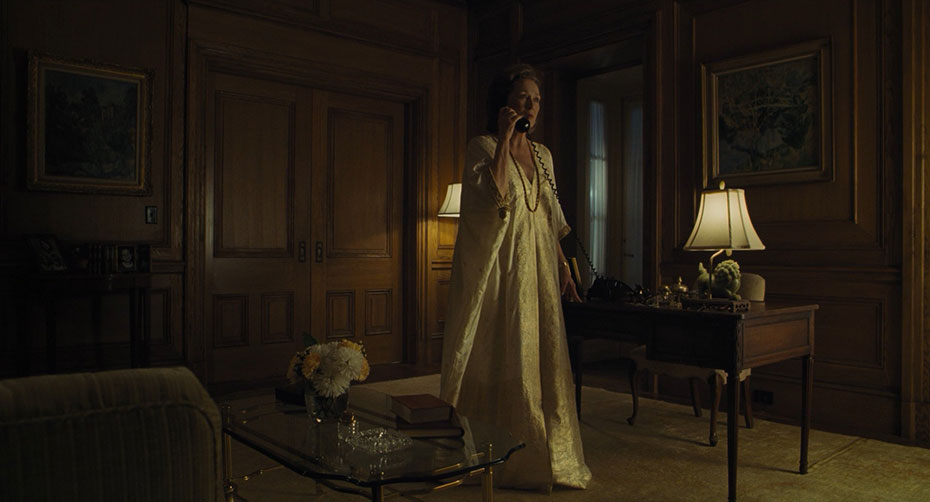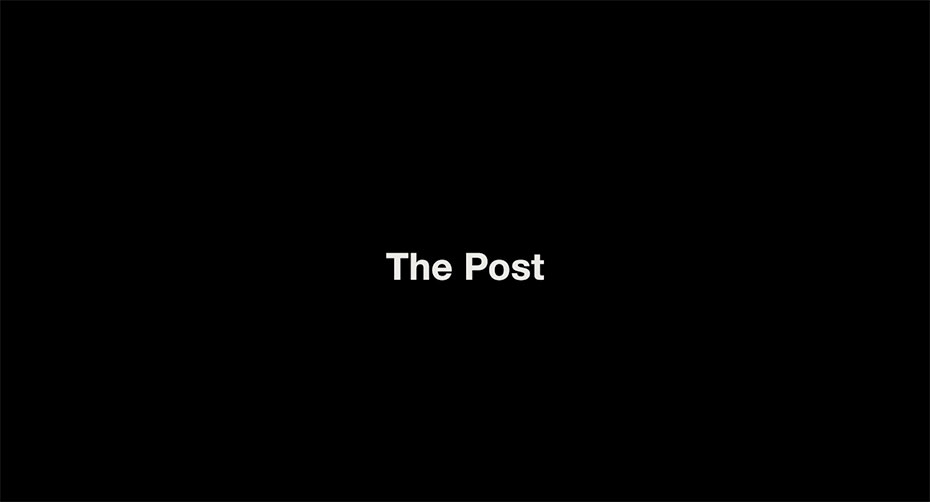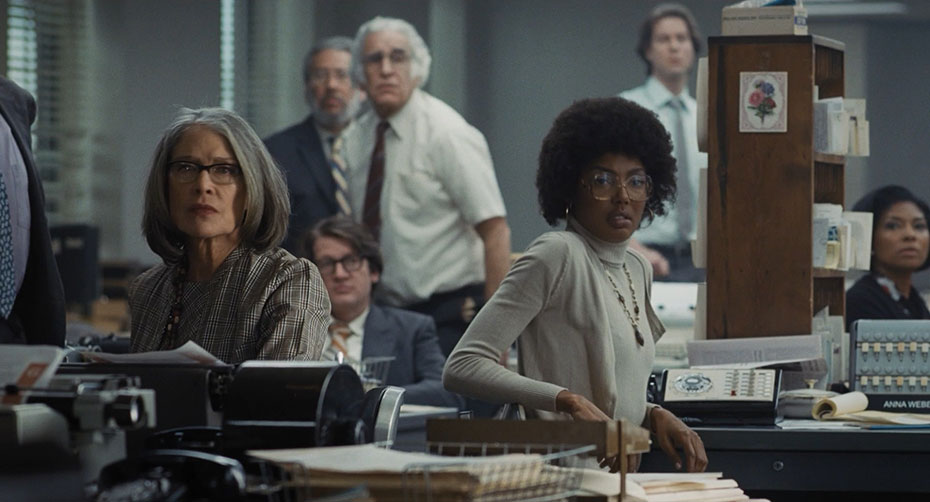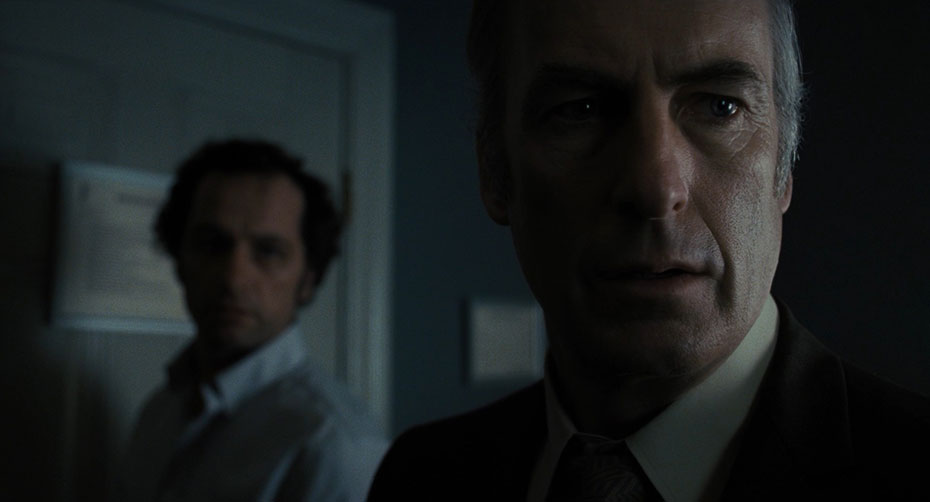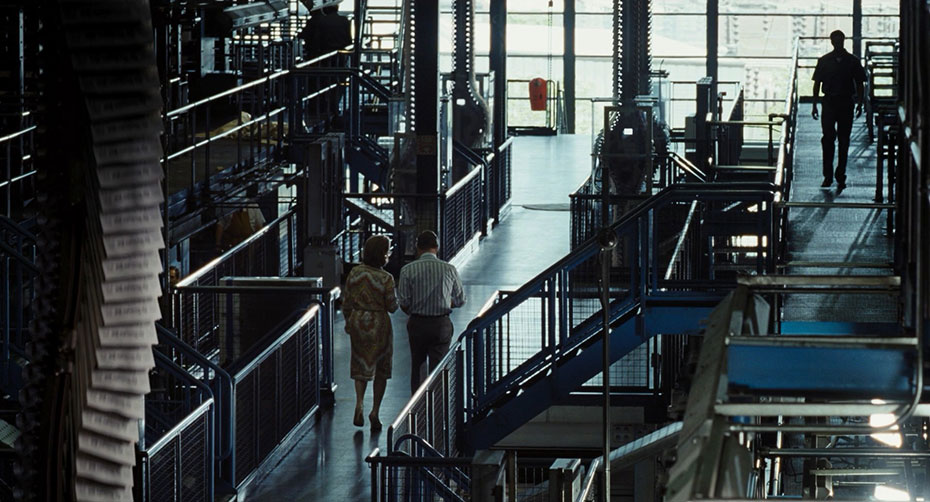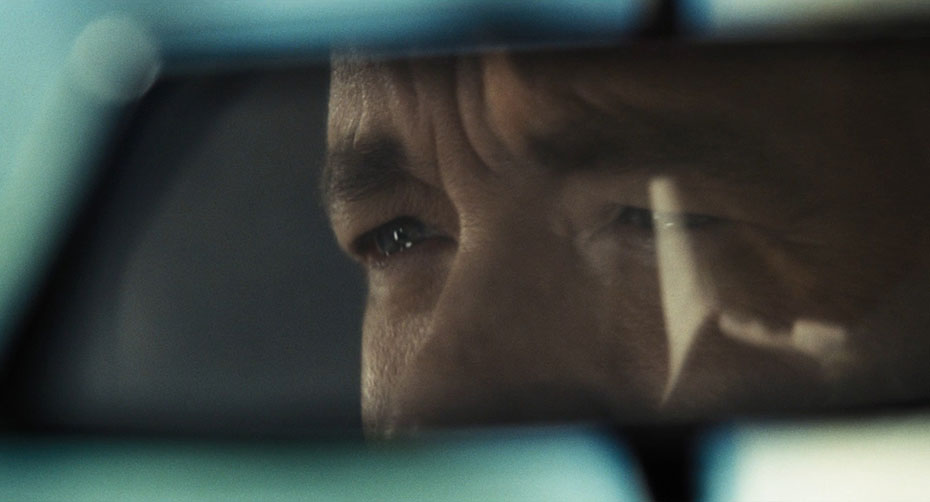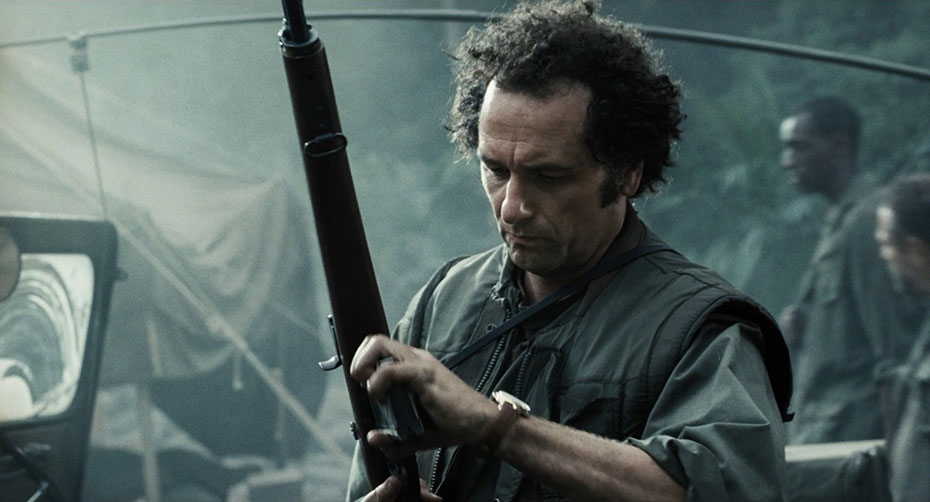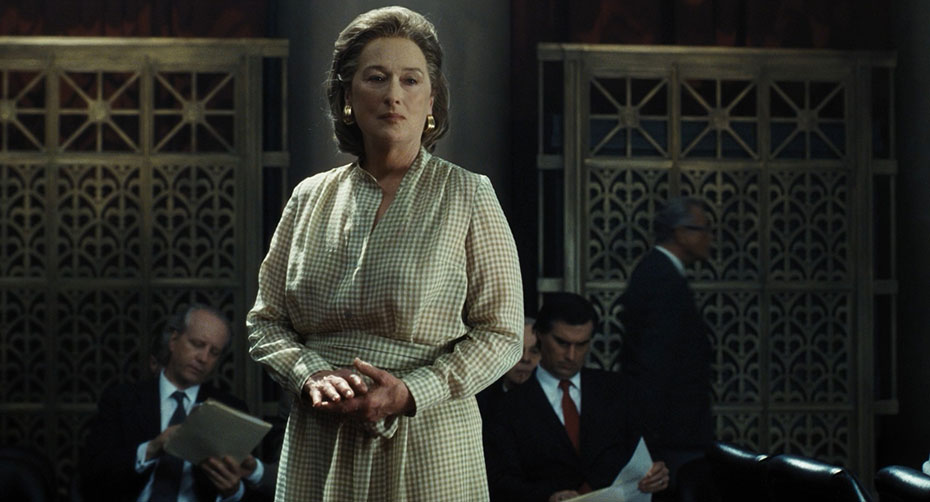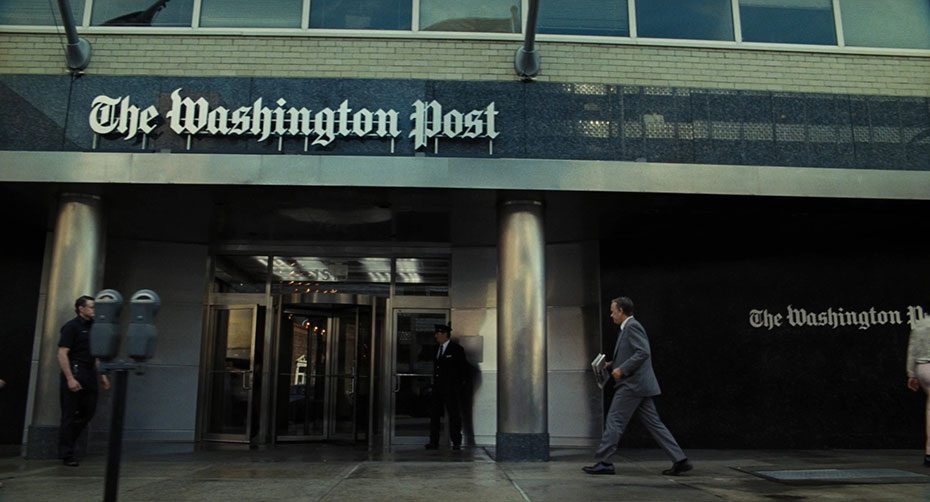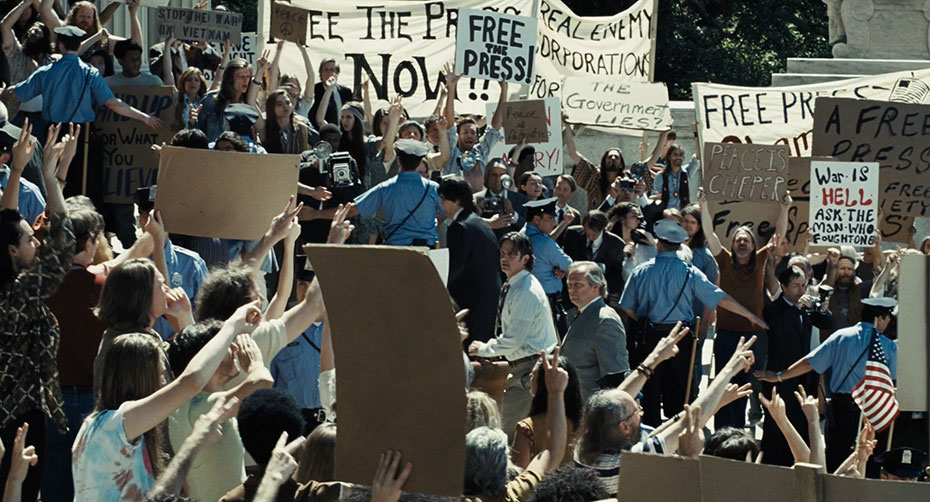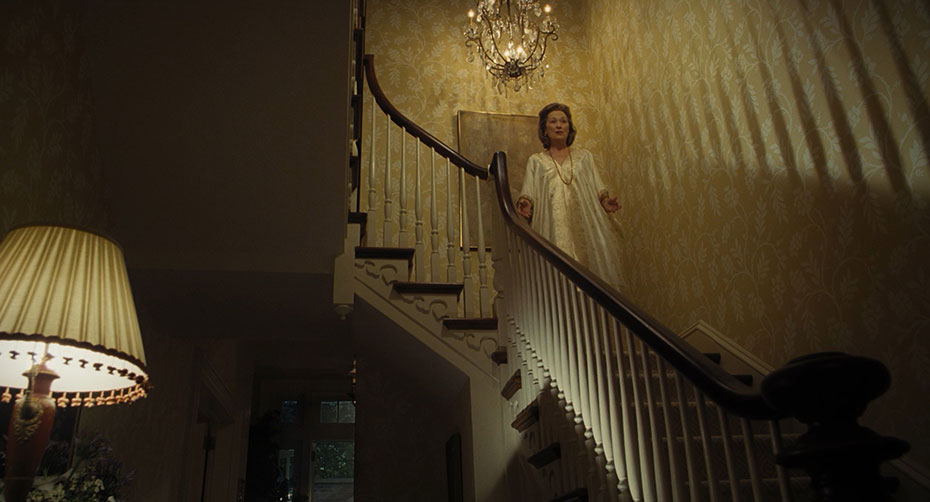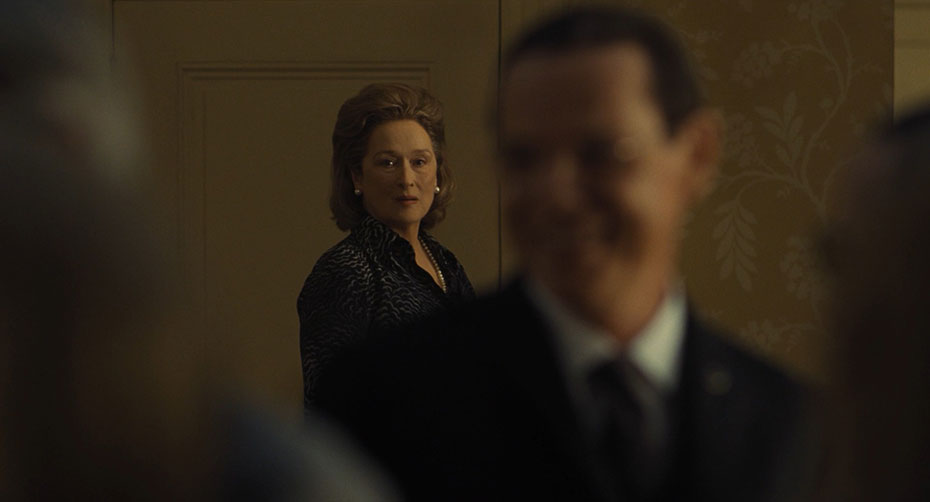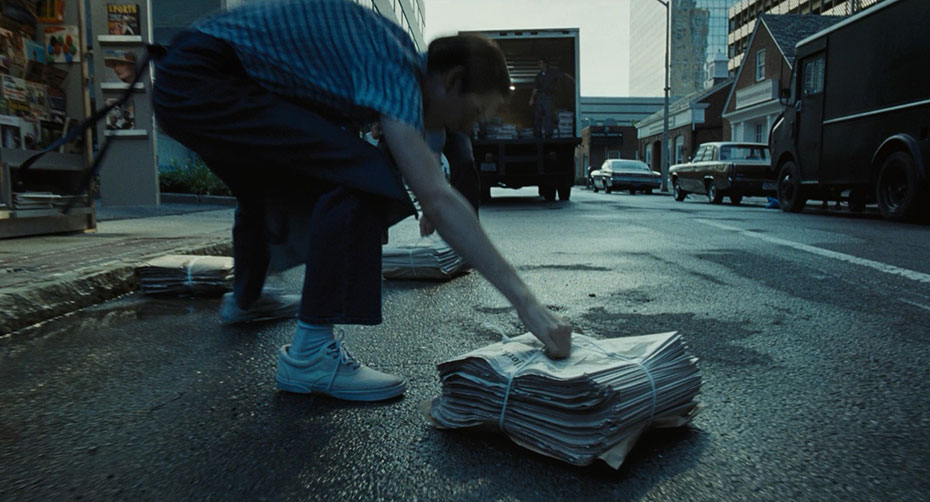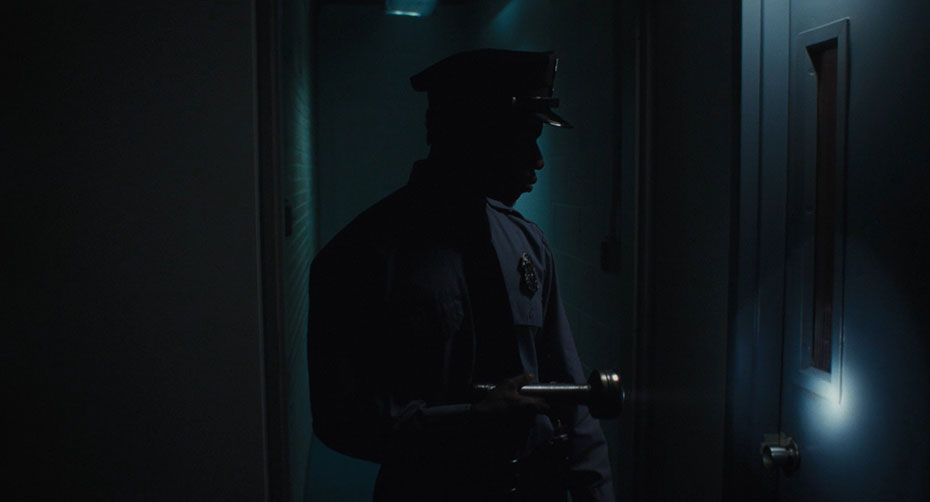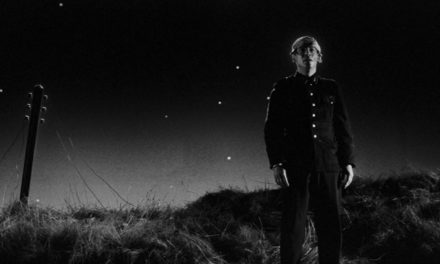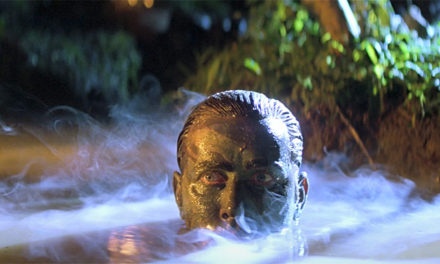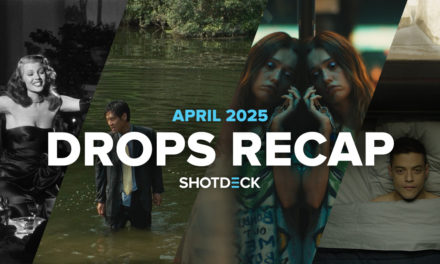THE TUESDAY DROP – 8/31
08.31.21 / New Shots
REQUIEM FOR A DREAM (2000)
REQUIEM FOR A DREAM is a psychological drama film directed by Darren Aronofsky and starring Jennifer Connelly, Jared Leto, Marlon Wayans and Ellen Burstyn. It is based on the 1978 novel of the same name written by Hubert Selby Jr., with whom Aronofsky wrote the screenplay. The film follows four different characters whose physical and emotional states are each affected by their drug addictions. Requiem for a Dream premiered at the Cannes Film Festival, and Burstyn was nominated for an Academy Award in the Best Actress category. Aronofsky worked on the film with Matthew Libatique. The pair had worked together on Pi and Aronofsky’s short film, Protozoa. Aronofsky wanted to use a bold visual language to place the audience firmly within the subjectivity of each character, without being accused of “making an MTV video”. With ultra-wide angle lenses, and heavy use of the body-mounted camera used in Pi, Aronofsky and Libatique created a film that sometimes had a video game effect for the audience of being dragged through the movie by its characters. Aronofsky and Libatique prepped extensively with their actors, carefully planning the editorial style of the film as their actors researched by spending time with addicts. The result is an intensely subjective and personal perspective on the downward spiral of addiction.
MANDY (2018)
Panos Cosmatos’s sophomore feature MANDY is a psychological horror film starring Nicolas Cage, and follows a quiet couple whose life is violently upended by a cult. The film premiered at the Sundance Film Festival, and was nominated for an Independent Spirit Award for Benjamin Loeb’s cinematography. Loeb, a Kenyan-born, Vancouver-based Norwegian cinematographer, joined the production just two weeks before shooting was due to commence. Cosmatos pushed Loeb to light Mandy in a way that was unconventional for him, caring less about motivating a light source and instead creating a lighting style that was telling the story appropriately. Loeb extensively used an overhead LED rig that was deliberately set up to spike the lens and cause lens flares. Cosmatos and Loeb also created a strict and formalist visual language for the film to adhere to. The camera was never hand-held, and Loeb would shoot with very wide-angle lenses for moving shots and wide shots, and long lenses for medium and close up shots. With a largely night-based shoot on a small budget, Loeb had to light very carefully in order to ensure the movie would be exposed correctly.
BEYOND THE BLACK RAINBOW (2010)
BEYOND THE BLACK RAINBOW is Panos Cosmatos’s debut feature film. It is a science fiction horror movie that follows a heavily sedated woman with ESP (played by Eva Bourne) who tries to escape a commune where she is being held captive. Cosmatos worked on the film with Canadian cinematographer Norm Li, in his first feature film as a cinematographer. Cosmatos and Li decided early on that they would shoot Beyond the Black Rainbow on 2-perf, 35mm film, and that they would try to create almost all of the film’s effects practically, in-camera. The pair also took an experimental, modernist approach to the film’s lighting, inspired by films such as Michael Mann’s Manhunter, John Carpenter’s Dark Star and Dario Argento’s Suspiria. Cosmatos was also clear on his intention to create a slow-paced film that had an editorial language of long, unfolding shots. He deliberately wrote a straightforward script that wasn’t ladened with story, in order to give Li space to create a rich visual world that could serve as the driving force of the narrative.
Mid90s (2018)
Jonah Hill’s debut feature film mid90s is a coming-of-age drama about a 13 year old boy navigating his complicated home life while becoming friends with a group of older skateboarders. The film stars Sunny Suljic, Olan Prenatt, Na-Kel Smith and Lucas Hedges. Hill worked on the film with American cinematographer Christopher Blauvelt, who was known at the time for his work on films such as Certain Women, The Bling Ring and Don’t Worry, He Won’t Get Far on Foot. Hill and Blauvert wanted to capture a sense of the period as well as a certain sense of nostalgia for this era in Los Angeles by shooting mid90s on 16mm film with a 4:3 aspect ratio. Blauvert took this further by under exposing the film by a stop and then pulling one stop in the lab. Production lasted for 35 days and the crew filmed largely on location in East LA. Hill and Blauvelt also wanted to create a visual language that felt truthful, objective and spare, only moving the camera when it was explicitly motivated by the action of the characters. With a naturalistic lighting approach that sought to use as much available light as possible, Hill and Blauvert created a visual language that captured both the nostalgia of the period and the truth of the characters’ experiences in the story.
BIRD BOX (2018)
BIRD BOX is an apocalyptic horror film by Susanne Bier, written by Eric Heisserer and based on Josh Malerman’s 2014 novel of the same name. The film follows Malorie Hayes (played by Sandra Bullock), a mother trying to protect herself and her two children from entities causing people who look at them to commit suicide. The film became a worldwide hit that spawned a series of internet pranks known as the “Bird Box Challenge”, where people would do different activities blindfolded. Bier worked on Bird Box with American cinematographer Salvatore Totino, who was known for his long standing collaboration with Ron Howard on films such as Cinderella Man, The Da Vinci Code and Frost / Nixon. Bier and Torino sought to shoot as much of the film as they could practically, but ended up relying on VFX to extend their practical work in scenes such as when Malorie and her children row blindfolded through river rapids.
TOUCH OF EVIL (1958)
TOUCH OF EVIL is a noir written by, directed by and starring Orson Welles. The film follows two detectives investigating the aftermath of a car explosion on the US / Mexico border, and is loosely based on Whit Masterton’s 1956 novel Badge of Evil. Welles was forced off the production by the film’s studio, Universal, when disagreements arose during post-production. Universal released a more conventionally cut version of the film, and it wasn’t until 1998 that the film was re-released according to the editorial approach conceived by Welles. Over time, the film has grown in popularity to the point where it is now considered one of the crowning achievements of classic Noir cinema and was even selected for preservation by the Library of Congress in 1993. Welles worked on Touch of Evil with Russell Metty. Metty had previously worked on films such as Man of a Thousand Faces, Forever and a Day and Scarlet Angel. Metty’s work on the film is particularly known today for its spectacular single-take opening sequence, which opens with a bomb timer being set and placed in a car, carries us through the streets of Mexico towards the US border, introduces us to two of our central characters, and ends with the car exploding. The shot has become an icon of cinema history, as has the film itself as one of the American noir era’s greatest entries.
JUICE (1992)
JUICE is a crime thriller starring Omar Epps, Tupac Shakur, Jermaine Hopkins and Khalil Kain. The film was directed by Ernest Dickerson, Spike Lee’s longtime cinematographer, in his feature directorial debut. The film follows the lives of four young black men living in Harlem as they navigate the competing forces in their lives. Dickerson first co-wrote the script for Juice in 1982, and spent 10 years unsuccessfully trying to get the film financed. The film has since become a cult classic of the gangster and thriller genres, and was noted for Shakur’s well-received acting debut. Dickerson worked on Juice with first-time feature cinematographer Larry Banks. Dickerson had a strong conception of the look that the film would have, and he and Banks agreed that films such as White Heat, Kiss Me Deadly and Black Narcissus would serve as key influences for a visual language that could contain both the film’s sociopolitical commentary as well as its genre thrills.
A LEAGUE OF THEIR OWN (1992)
Penny Marshall’s fourth feature film, A LEAGUE OF THEIR OWN, is a sports comedy-drama that is based on the true story of the All-American Girls Professional Baseball League (AAGPBL). The film stars Genna Davis, Madonna and Tom Hanks. A League of Their Own is considered by many to be one of America’s most beloved sports movies, and the film was selected for preservation by the Library of Congress in 2012. Marshall worked on A League of Their Own with Miroslav Ondricek, with whom she had previously filmed Awakenings. Marshall was focused on creating a sense of reality in every aspect of the film’s production. She and Ondricek found real baseball stadiums to shoot with their location scout. Marshall insisted that the actors learn to play baseball and do so on camera, and she and Ondricek created a visual language that would capture the authenticity that they had invested into portraying this world. During production itself, Marshall would focus her attention on the honesty of the actors’ performances and delivery of dialogue, leaving space for Ondricek to look after the camera with some independence.
CARGO (2017)
CARGO is a Belgian drama written and directed by Gilles Coulier about a family of fisherman struggling to keep their father’s business afloat after his untimely death at sea. Shot by Coulier’s frequent collaborator, David Williamson, the film makes frequent use of practical lighting and mixed lighting tonality to conjure a specific mood of familial angst and emotional repression within the backdrop of a modern industrial fishing town. In a film where the characters are often incapable of saying how they feel, Coulier and Williamson are able to express a great deal through this creative yet naturalistic use of lighting and a static but formalistic approach to composition that always allows for the subtle nuances of the actors’ performances to shine through.
THE POST (2017)
Steven Spielberg’s 2017 film, THE POST, is an American historical drama film starring Meryl Streep as Katharine Graham and Tom Hanks as Ben Bradleee, the publisher and executive editor respectively of The Washington Post, during The Post’s 1971 attempt to publish the Pentagon Papers. The film also stars Bob Odenkirk, Bradley Whitford and Sarah Paulson. The Post was nominated for Academy Awards in the Best Picture and Best Actress categories. Spielberg worked on the film with Polish cinematographer and longtime collaborator Janusz Kaminski. Kaminski and Spielberg took time in pre-production to determine how they could create visual interest in a movie that spent so much time indoors in a newsroom. Kaminski created a visual language in which the camera was often in motion, but he wanted to ensure that this wouldn’t get in the way of the actors’ freedom to use the space instinctively in their performances. Kaminski put his own fluorescent lights into the roof of the set to maximize his control, and hid other lights on set to make sure actors weren’t just top-lit. Even though frontal lighting wasn’t necessarily a naturalistic decision, Kaminski felt that the characters were all people who were transparent, and that the eye shadows created by exclusively top lighting them would contradict this aspect of the story.



